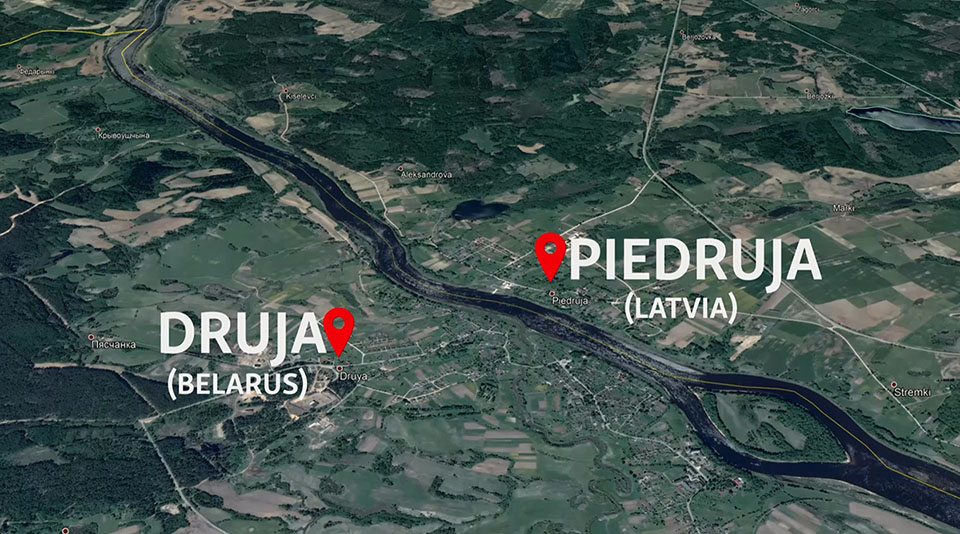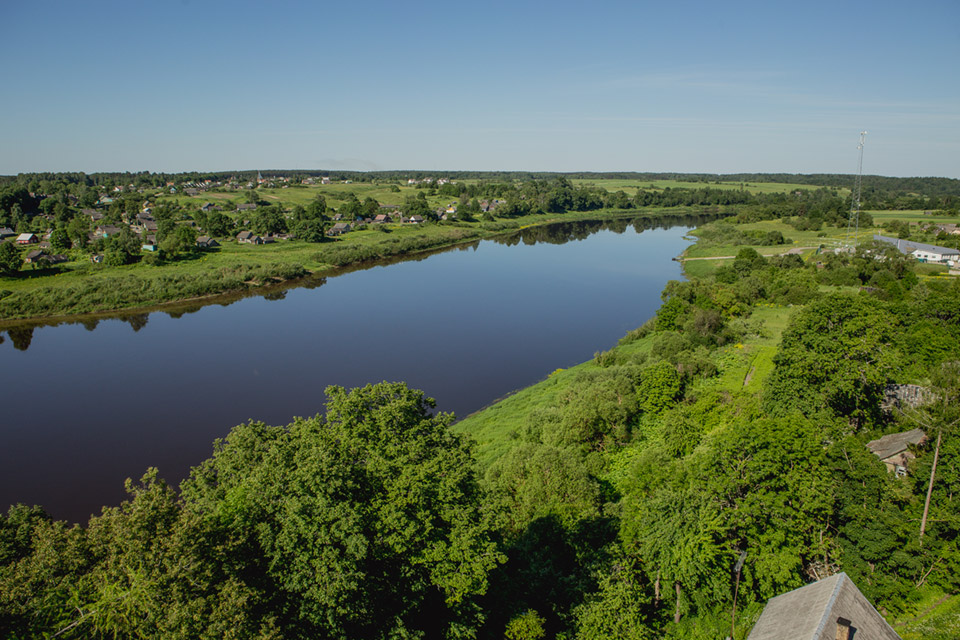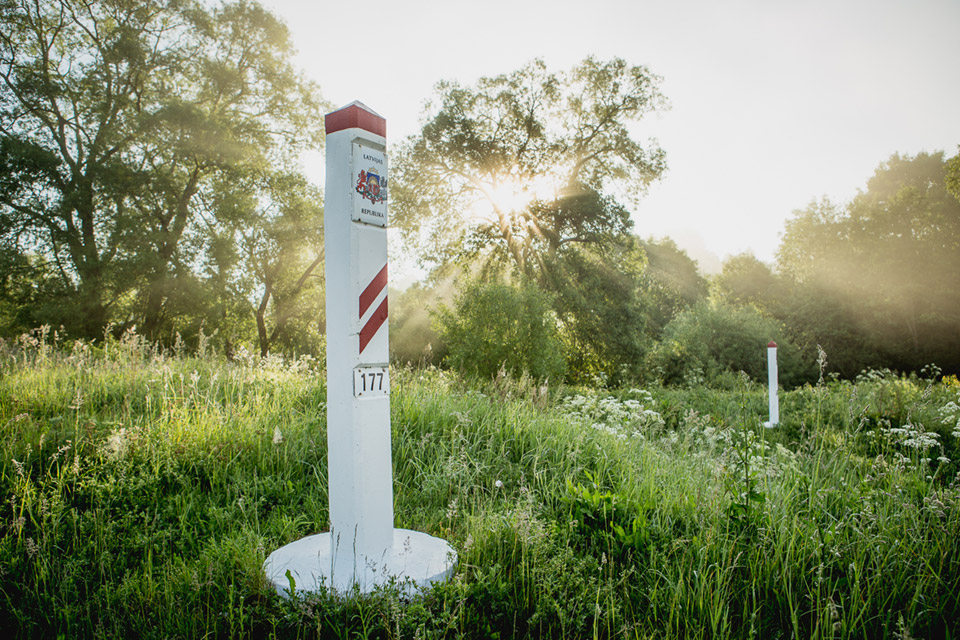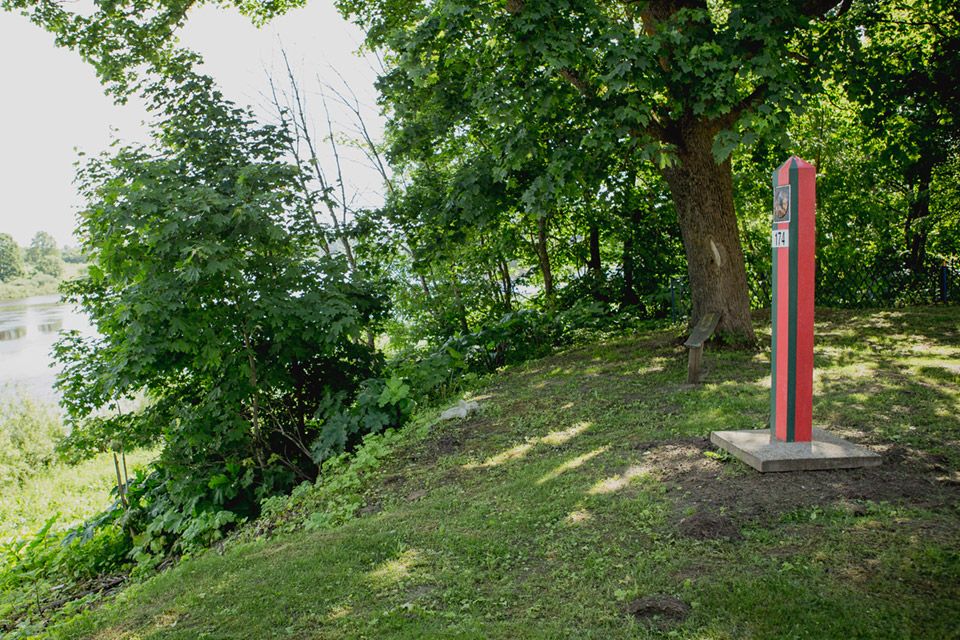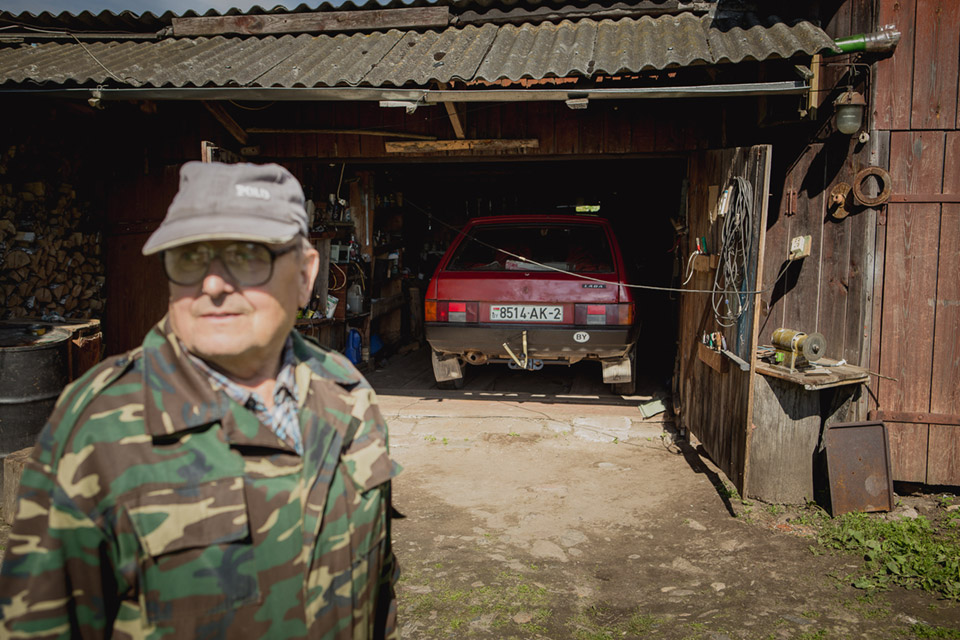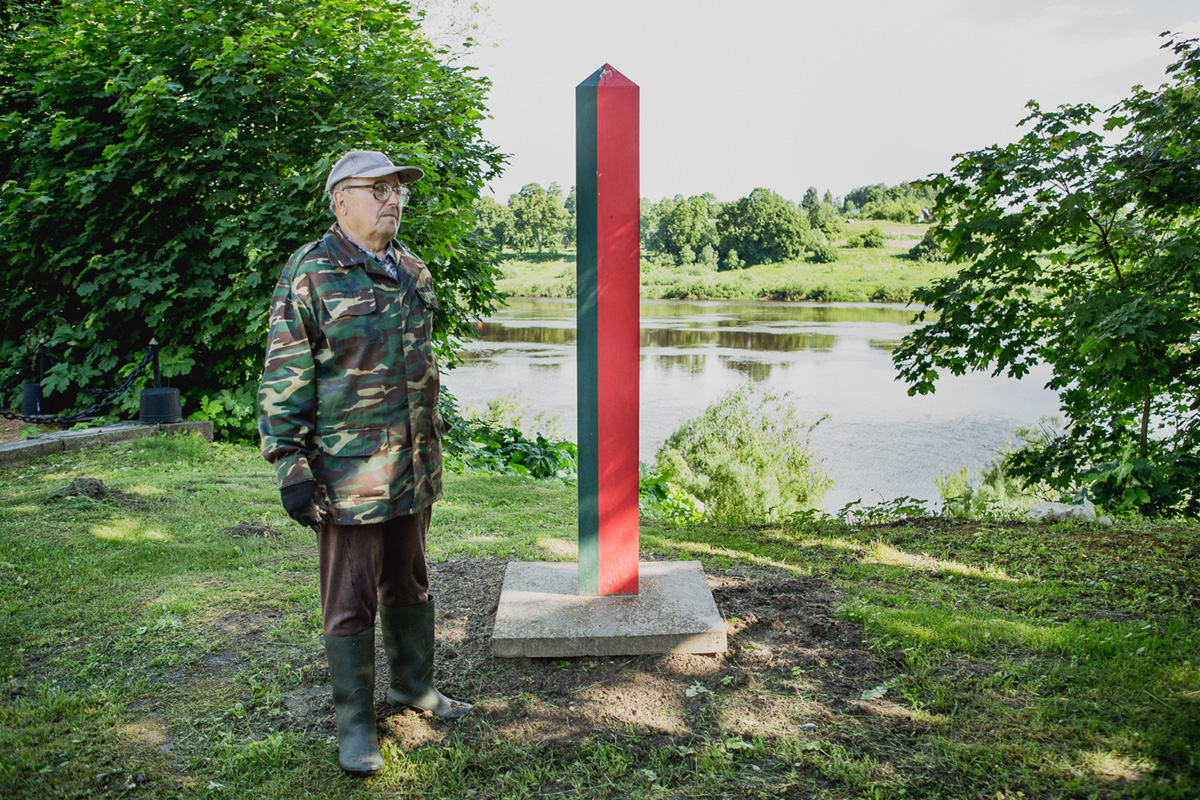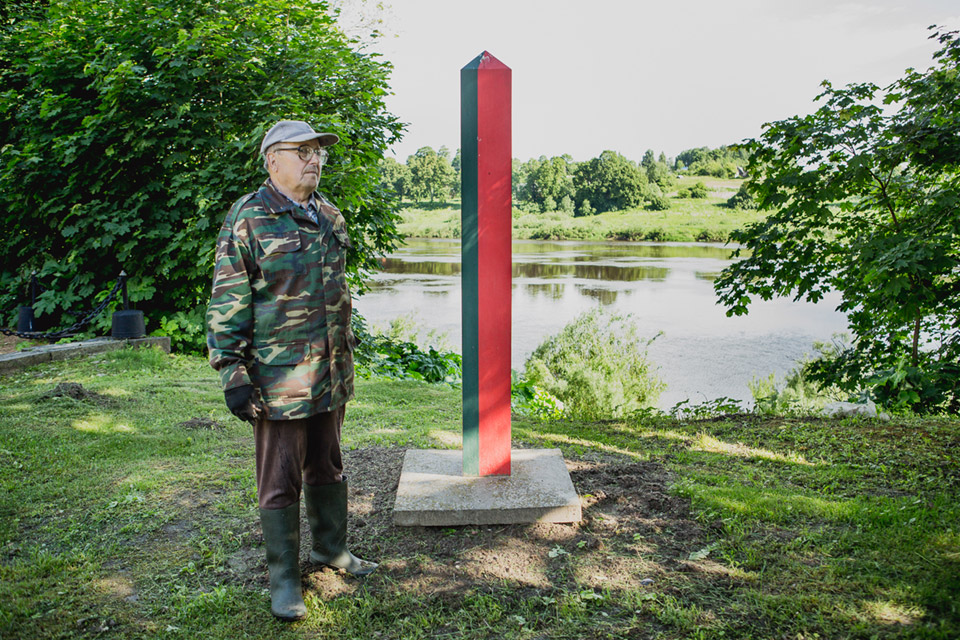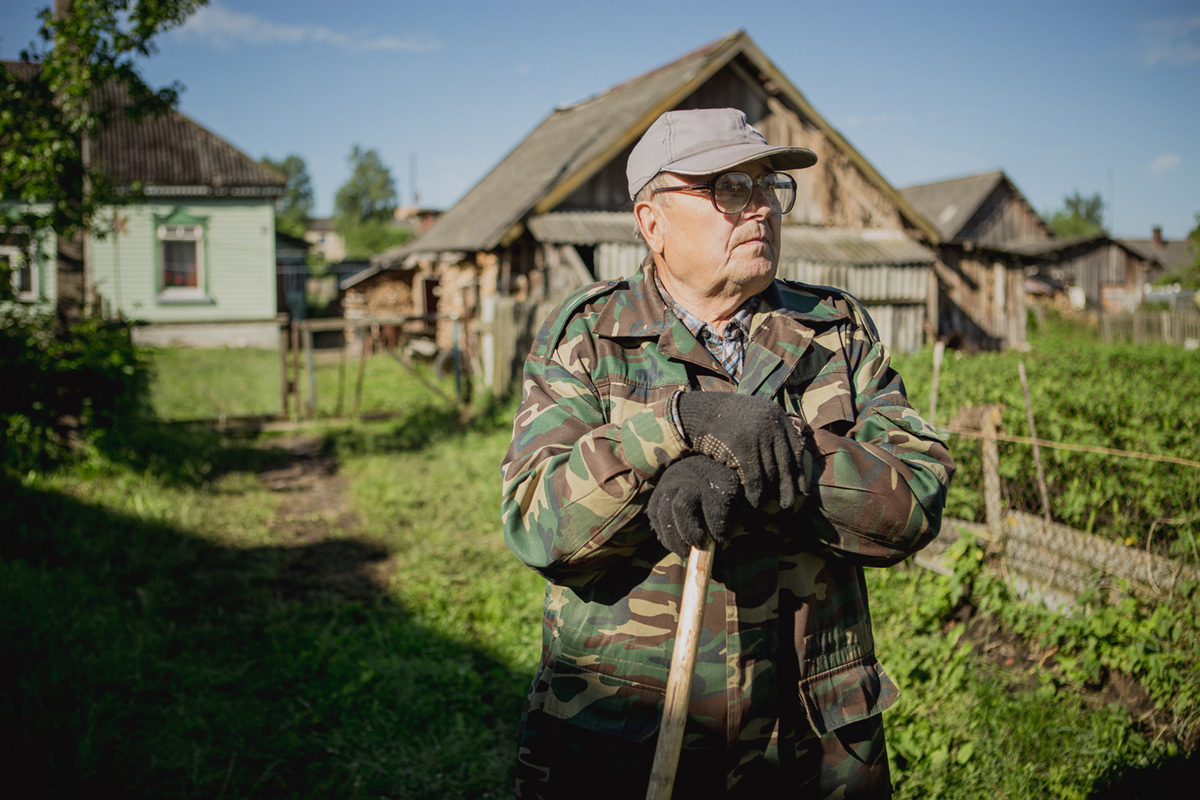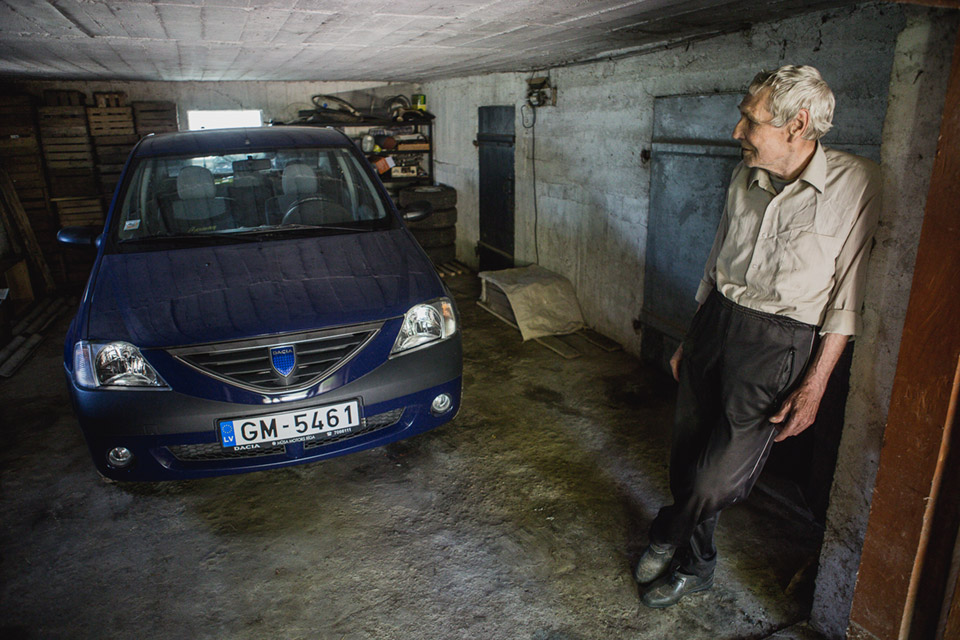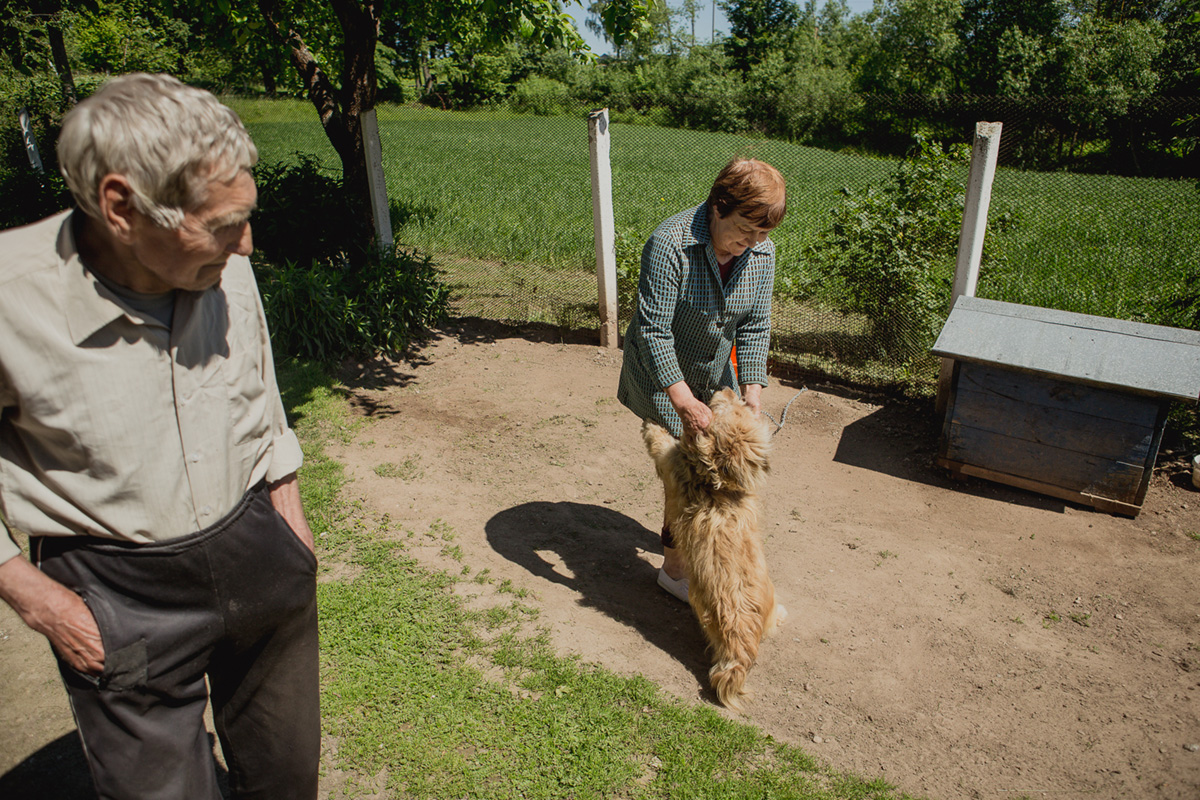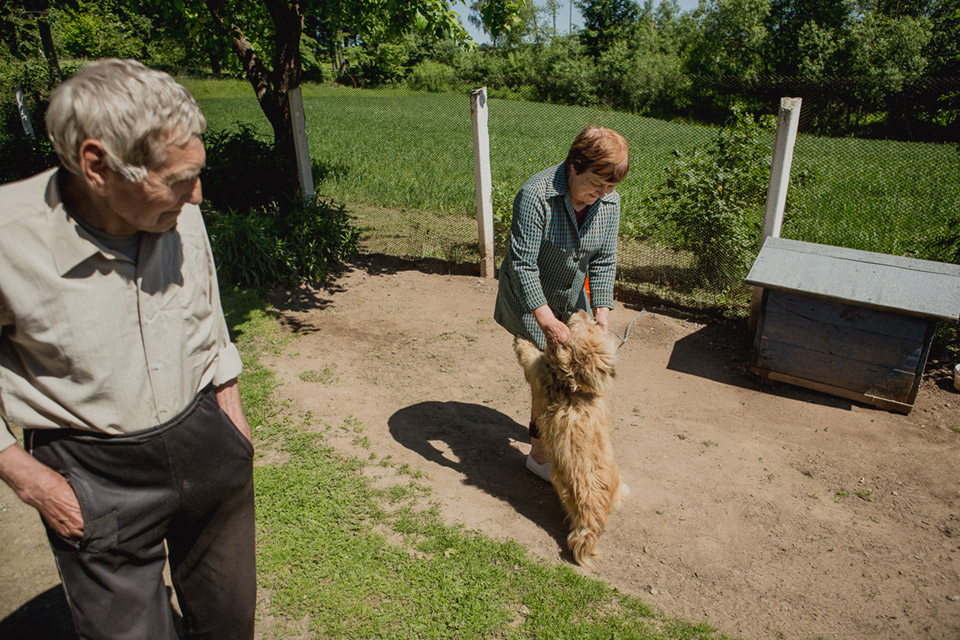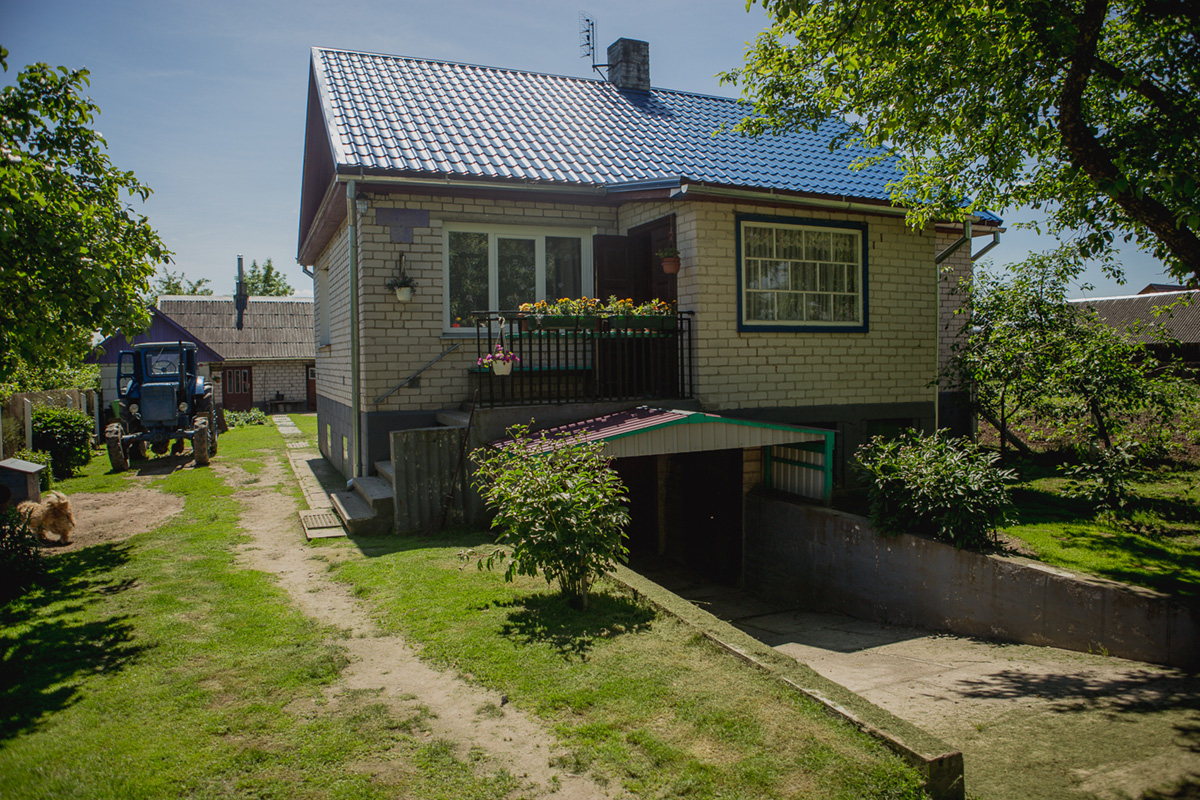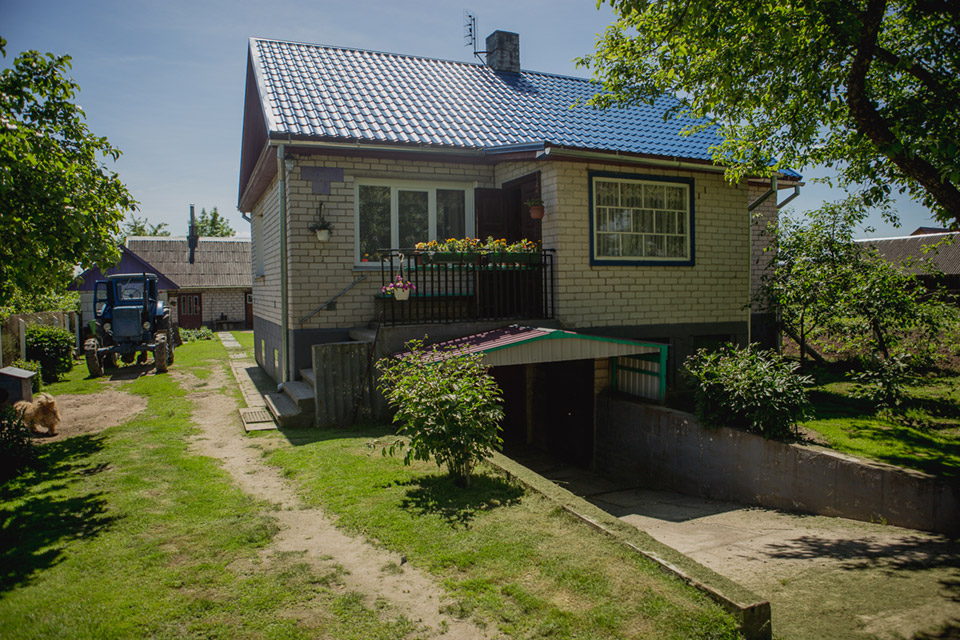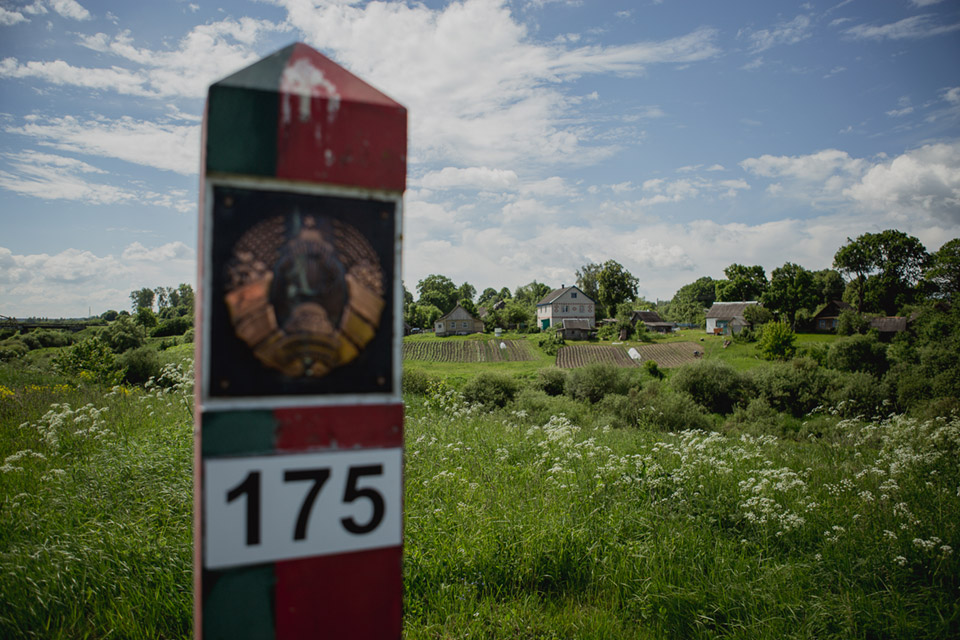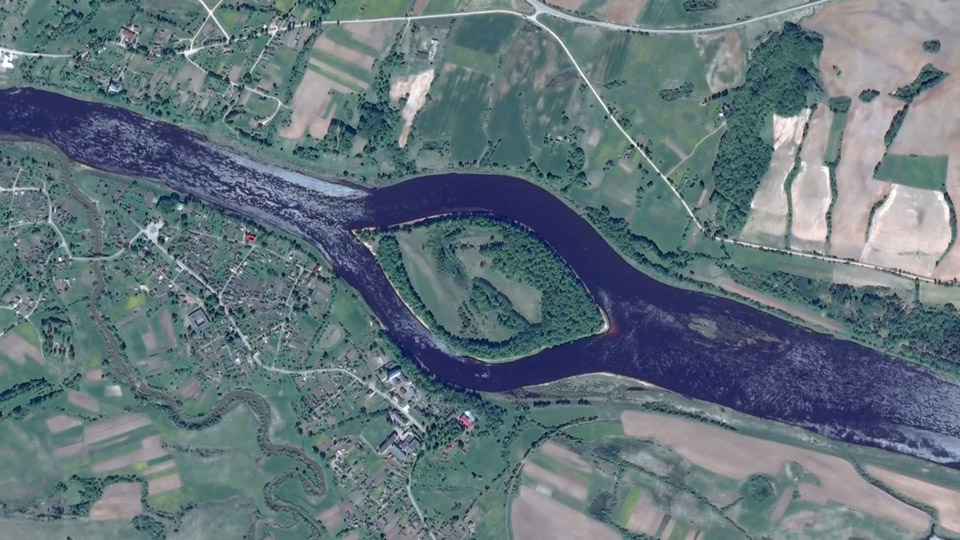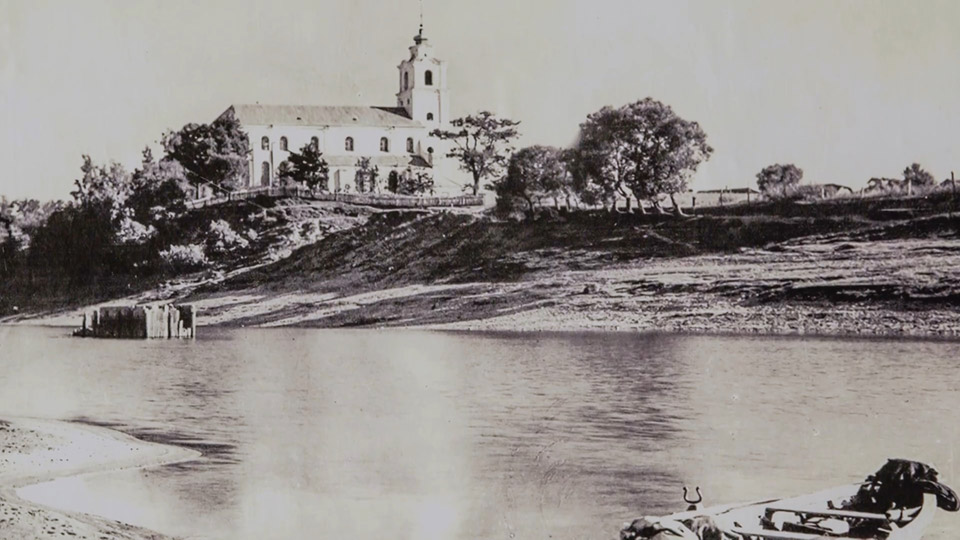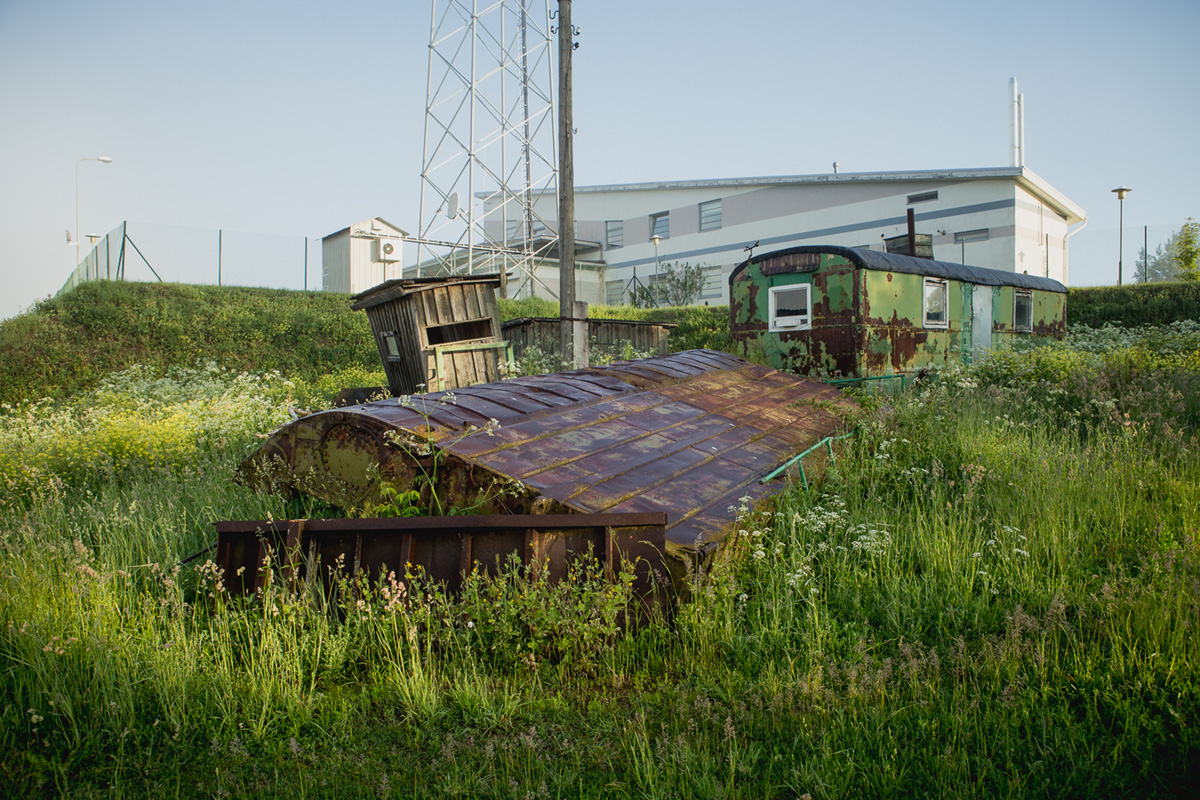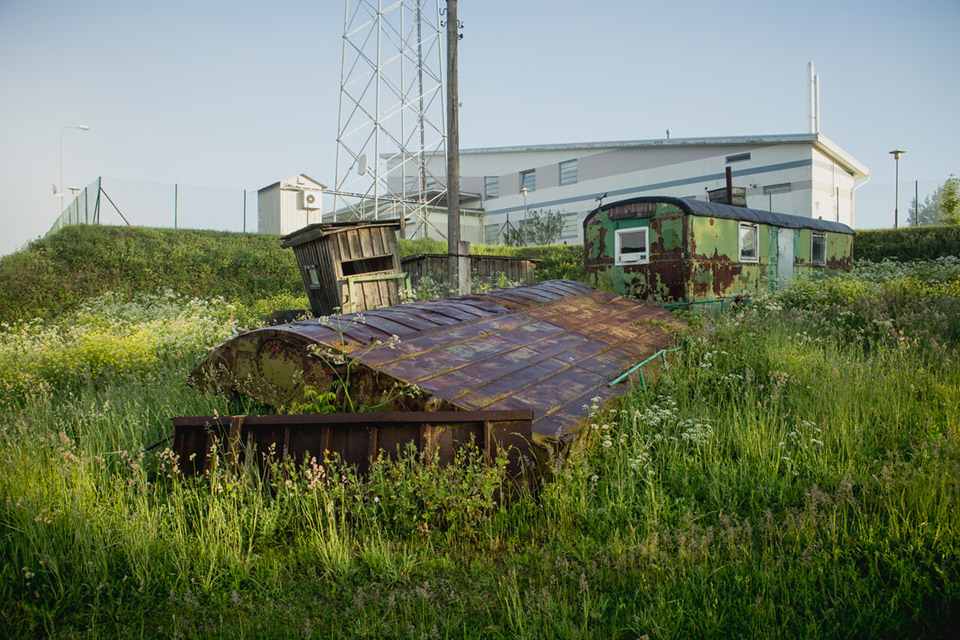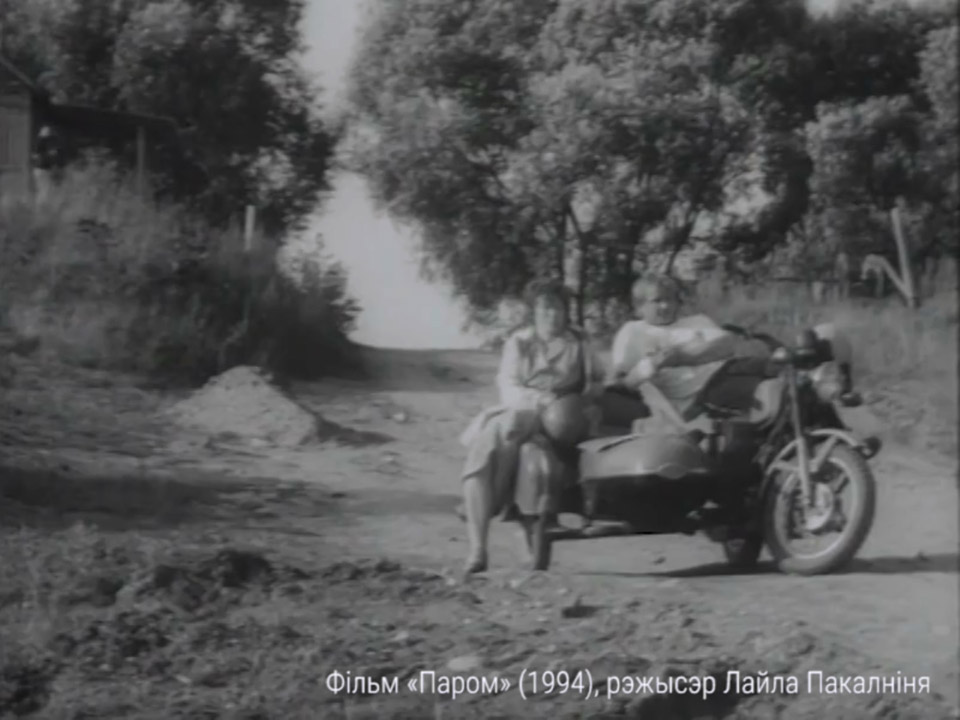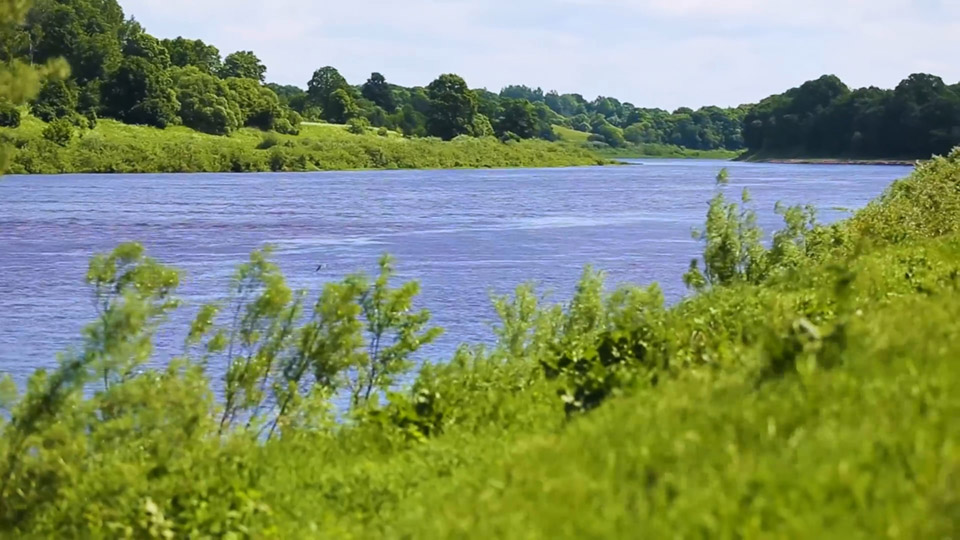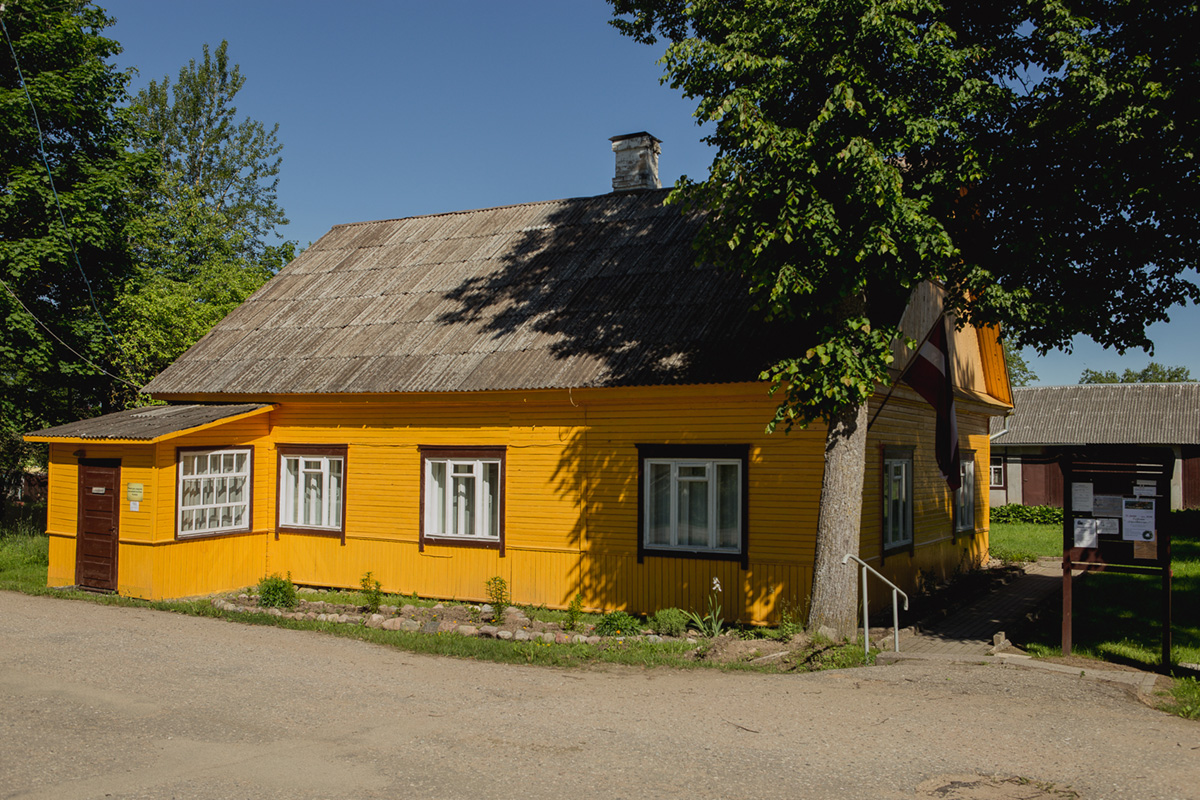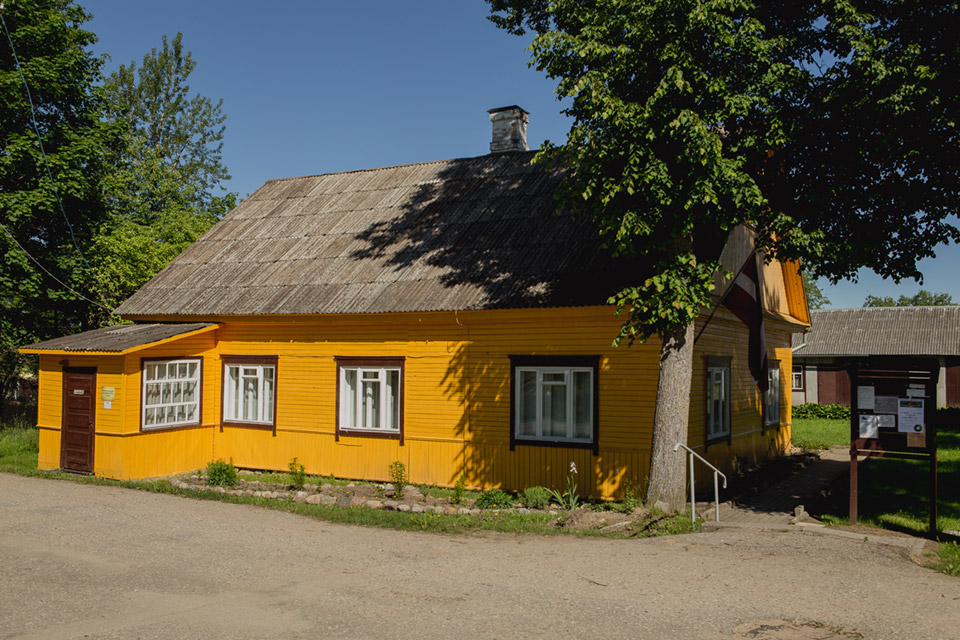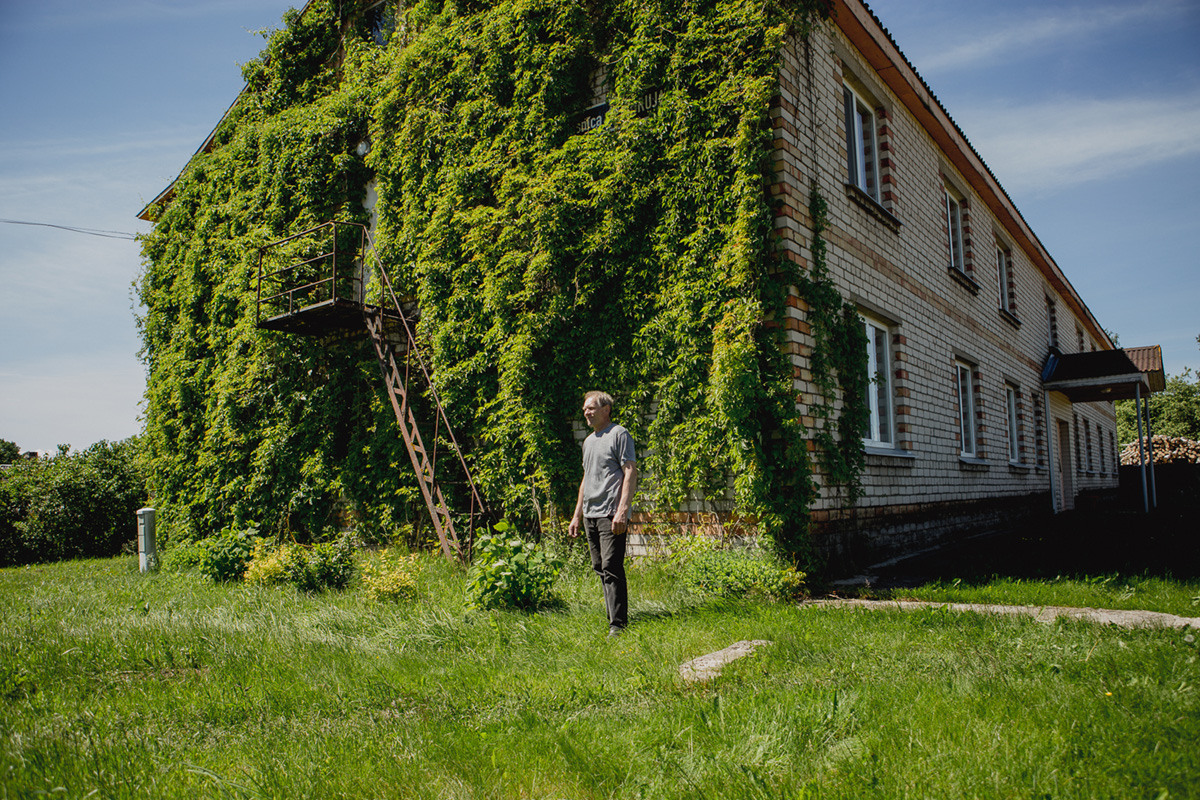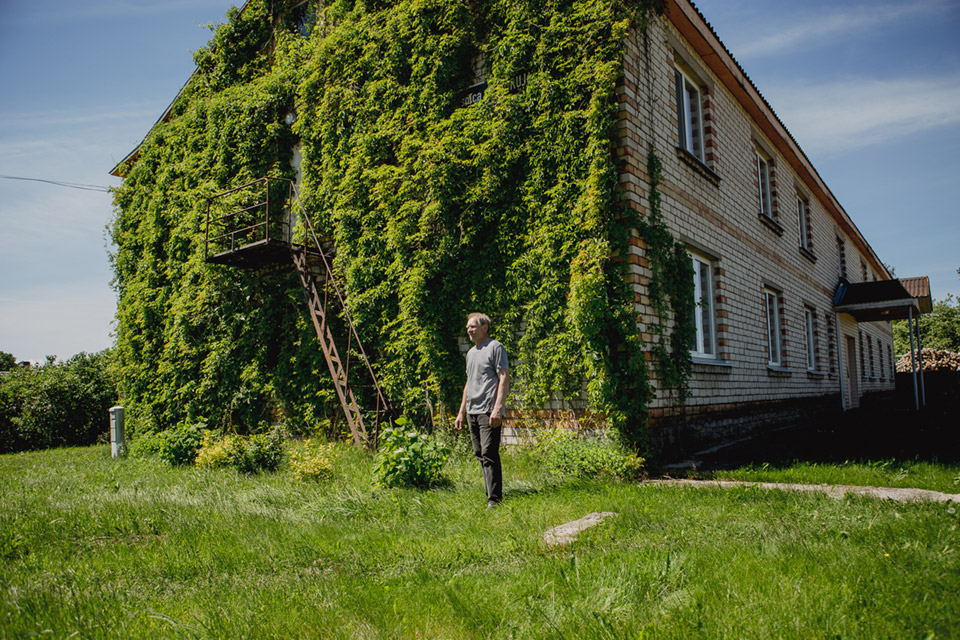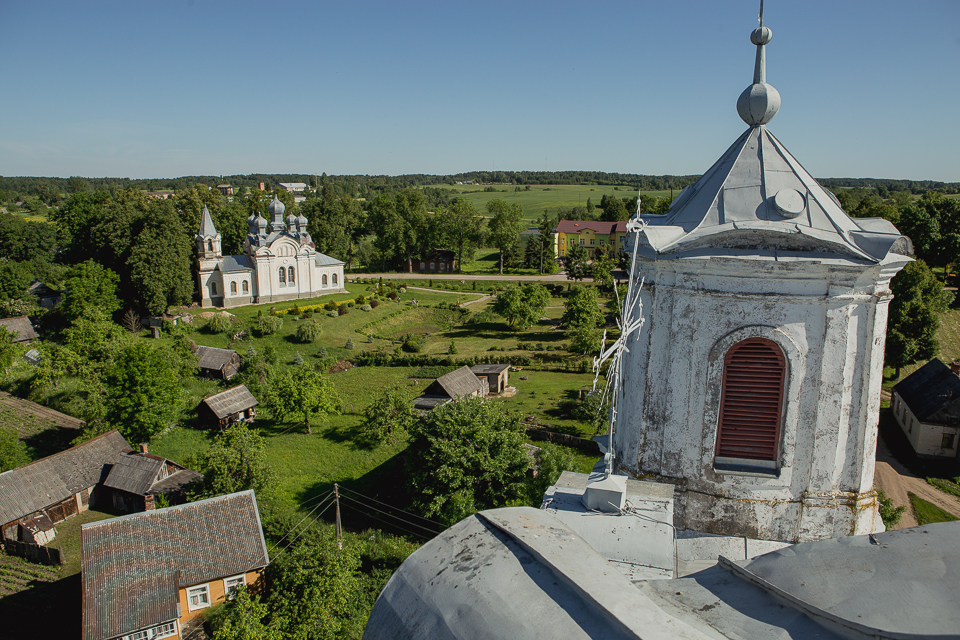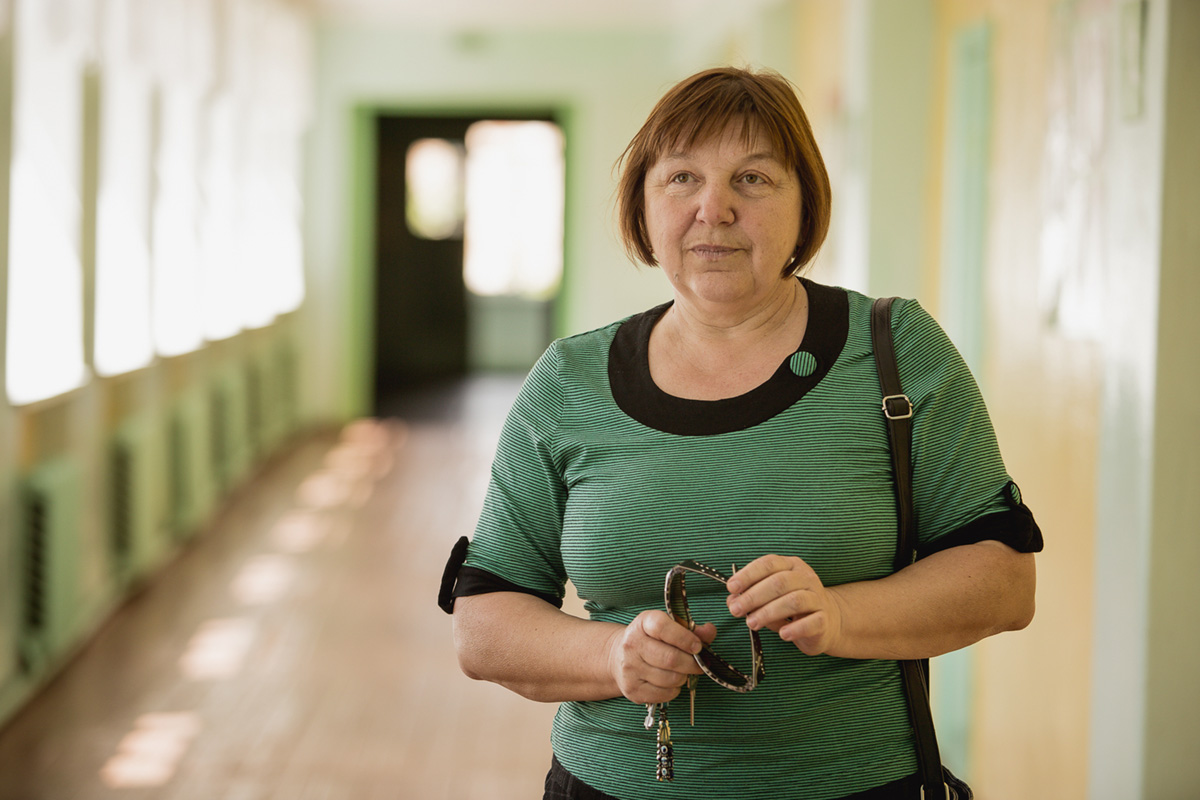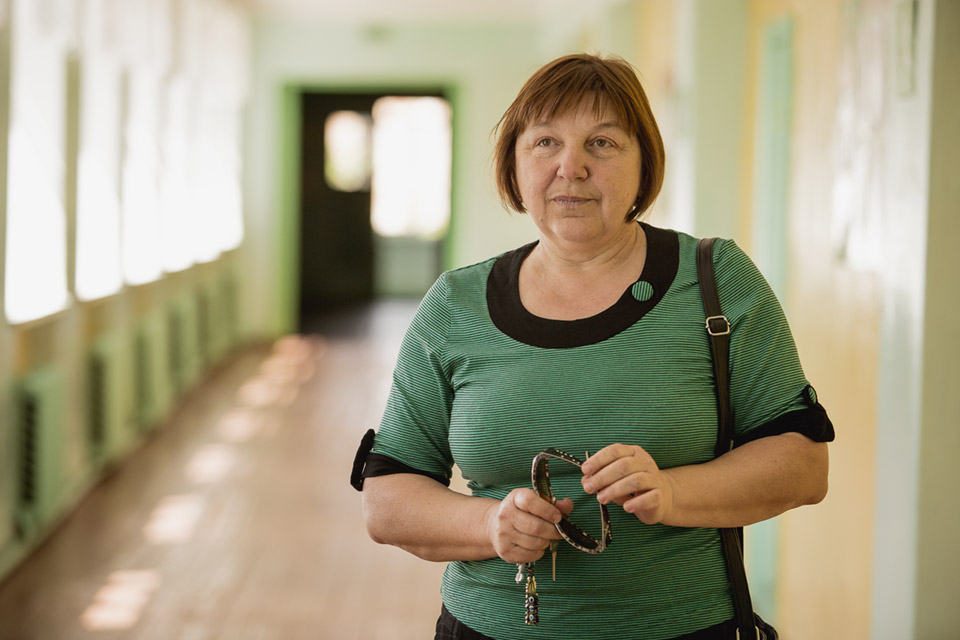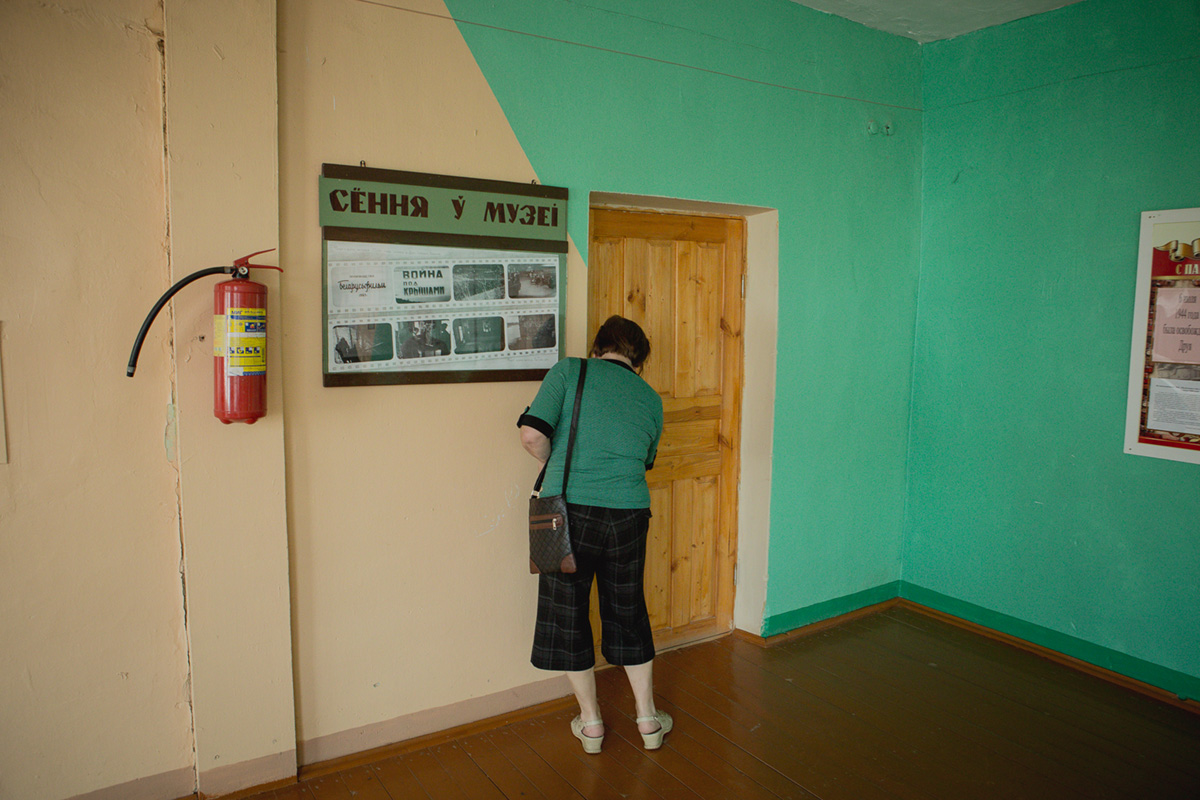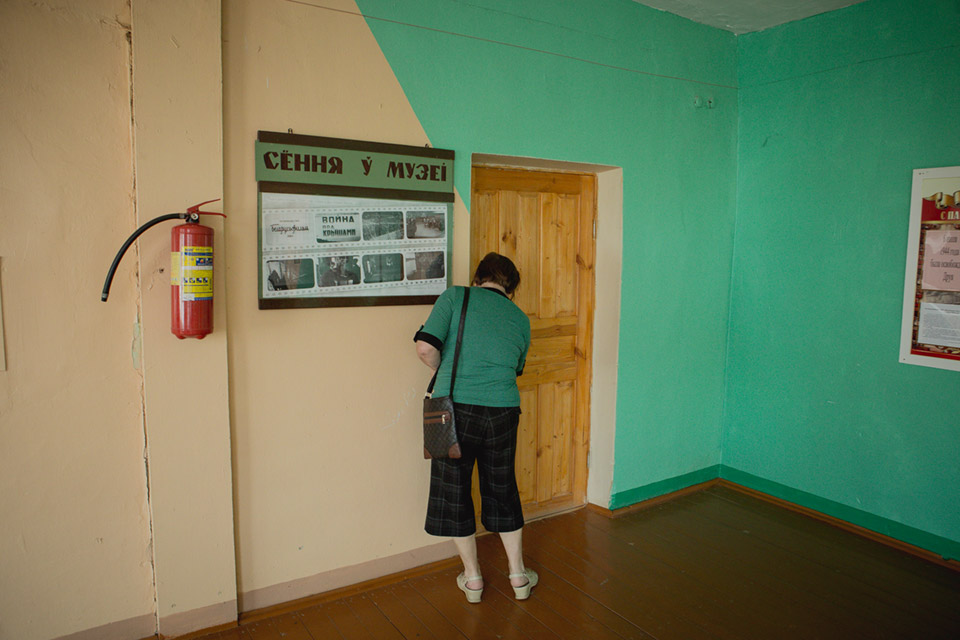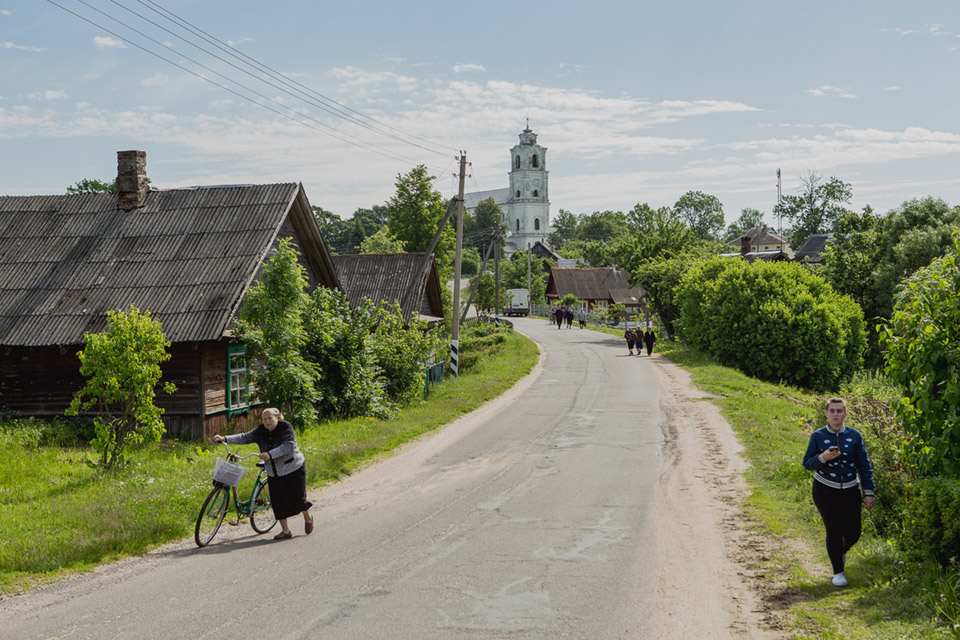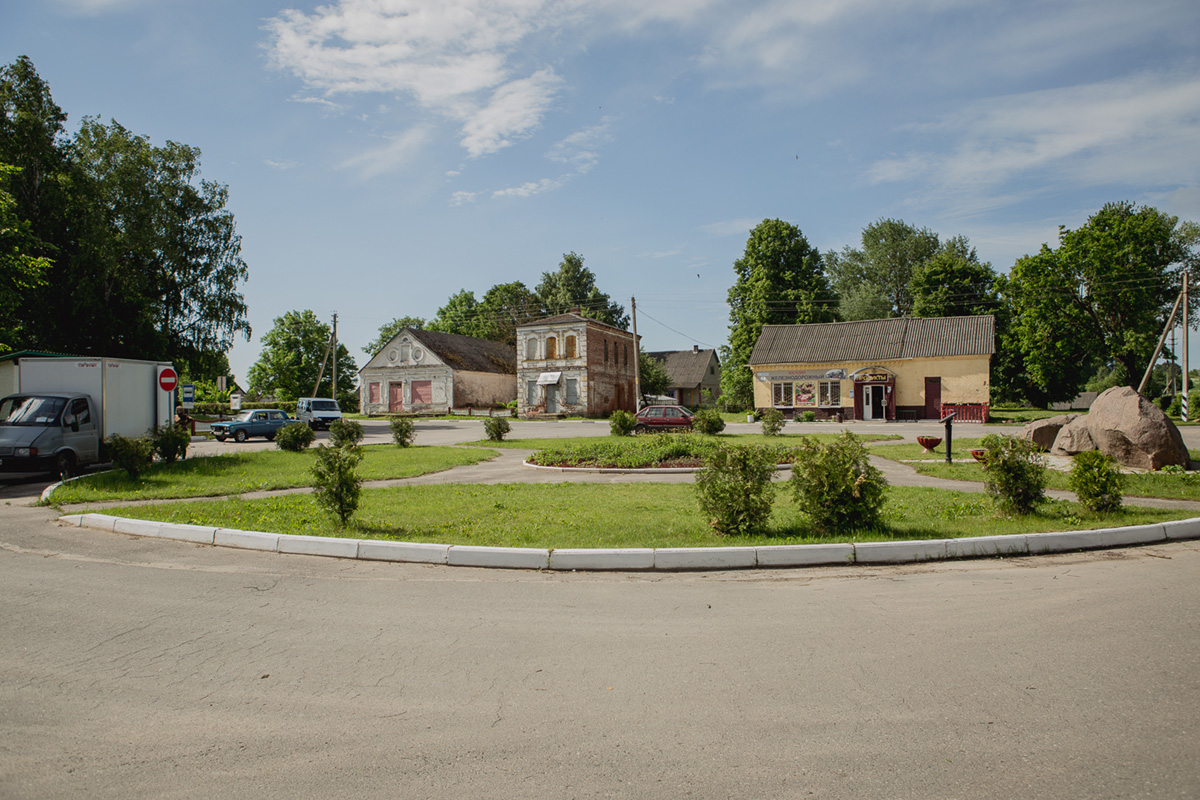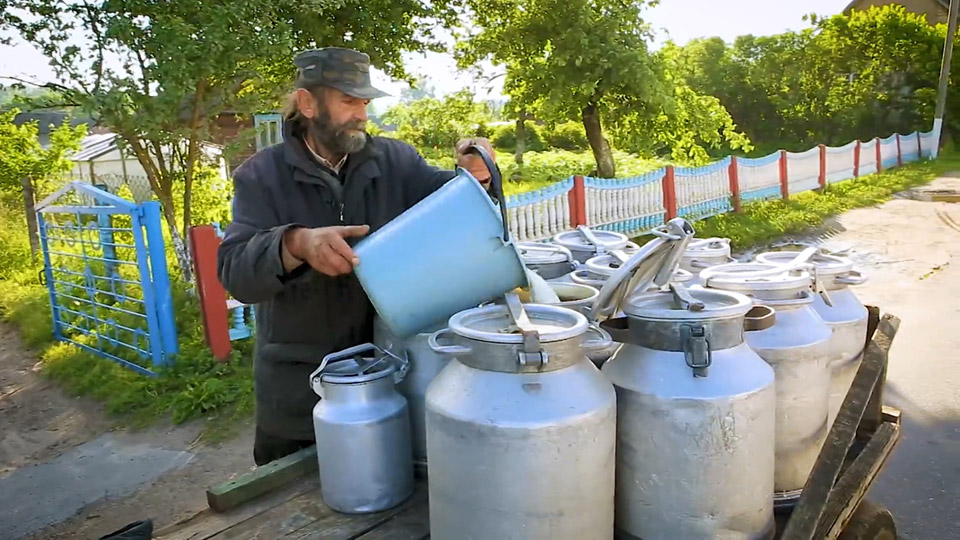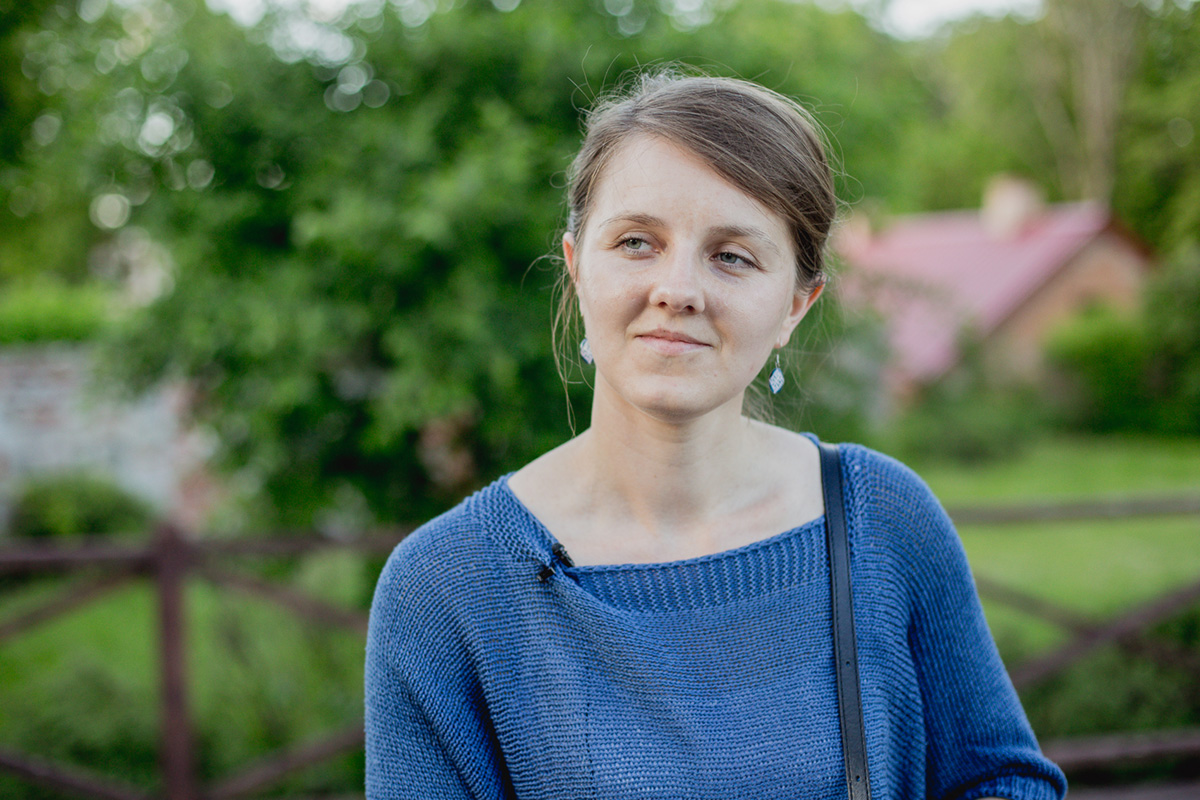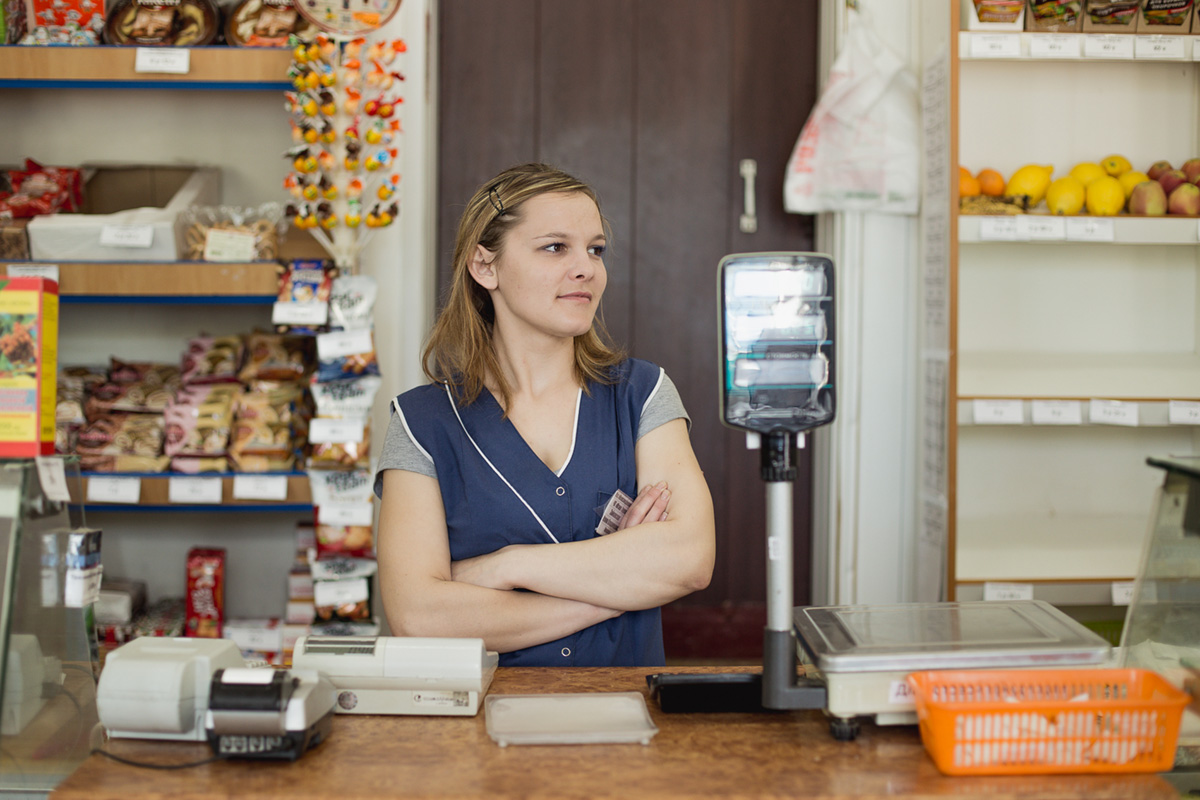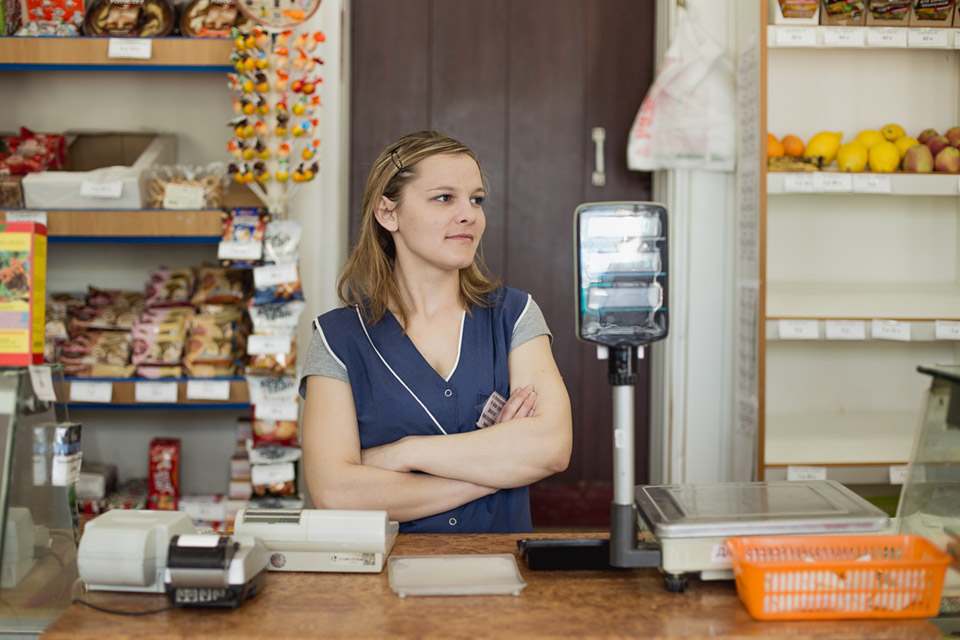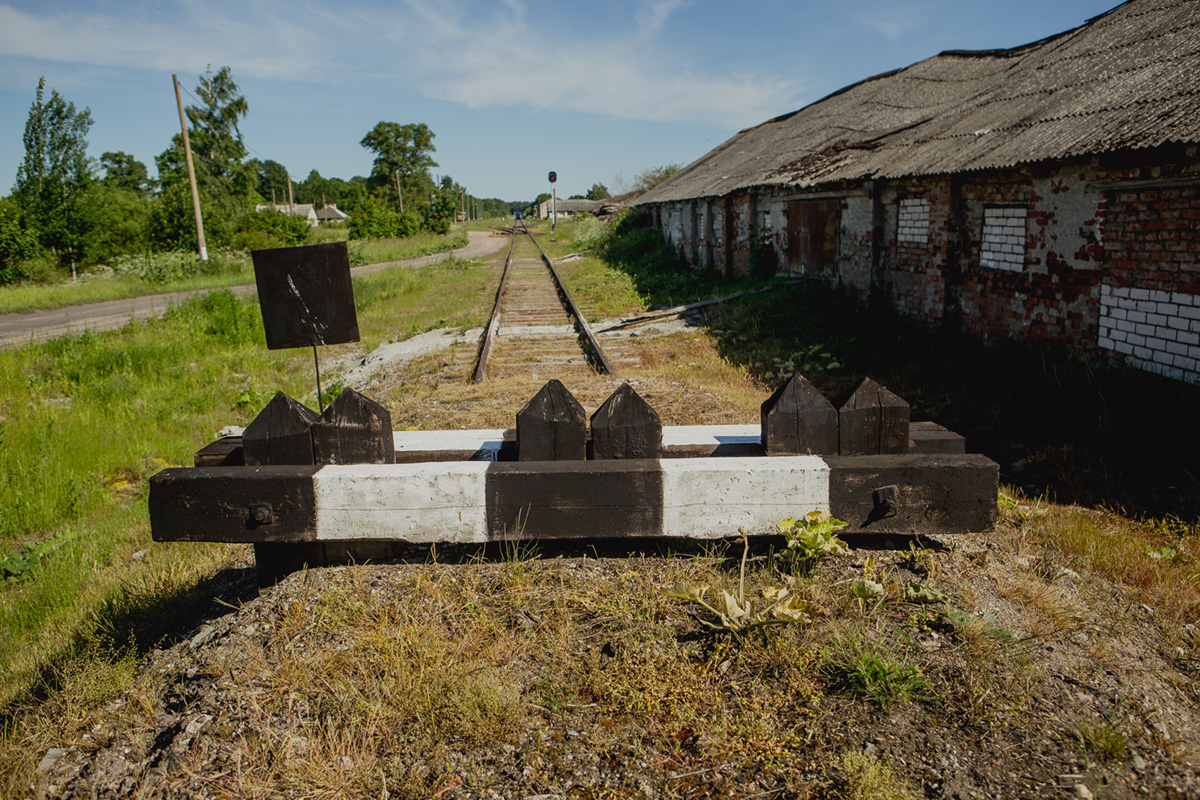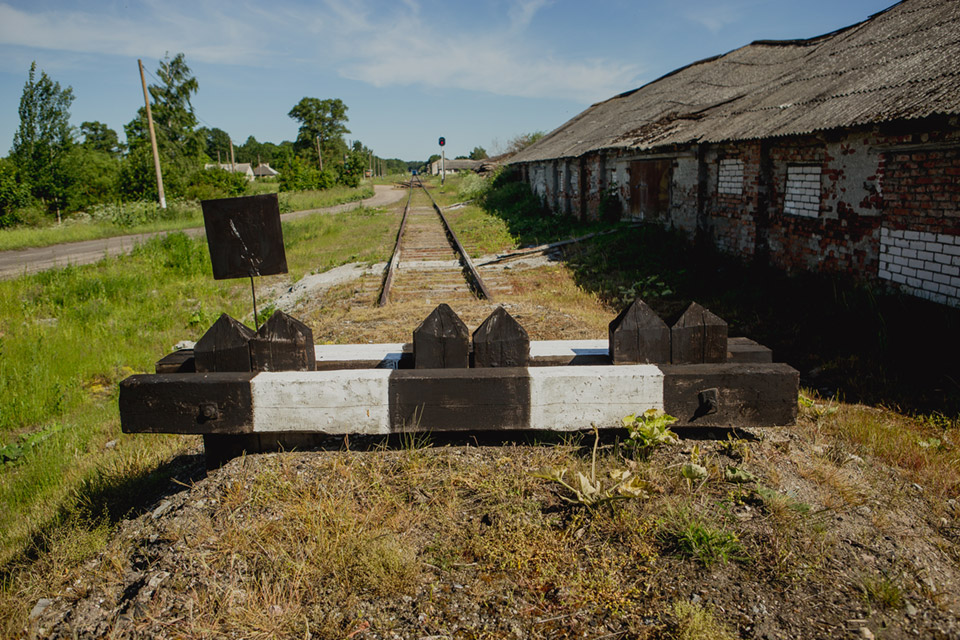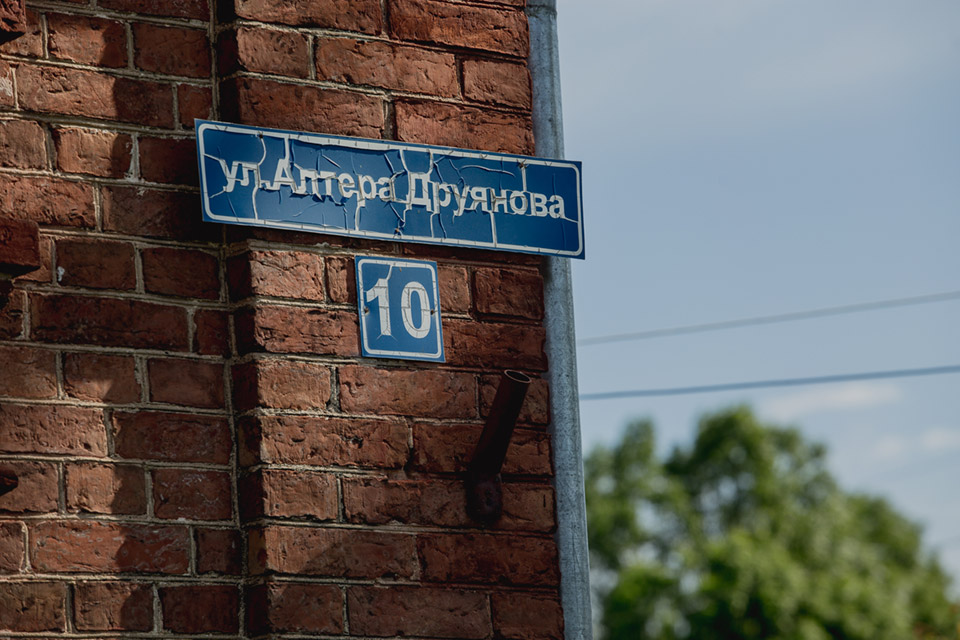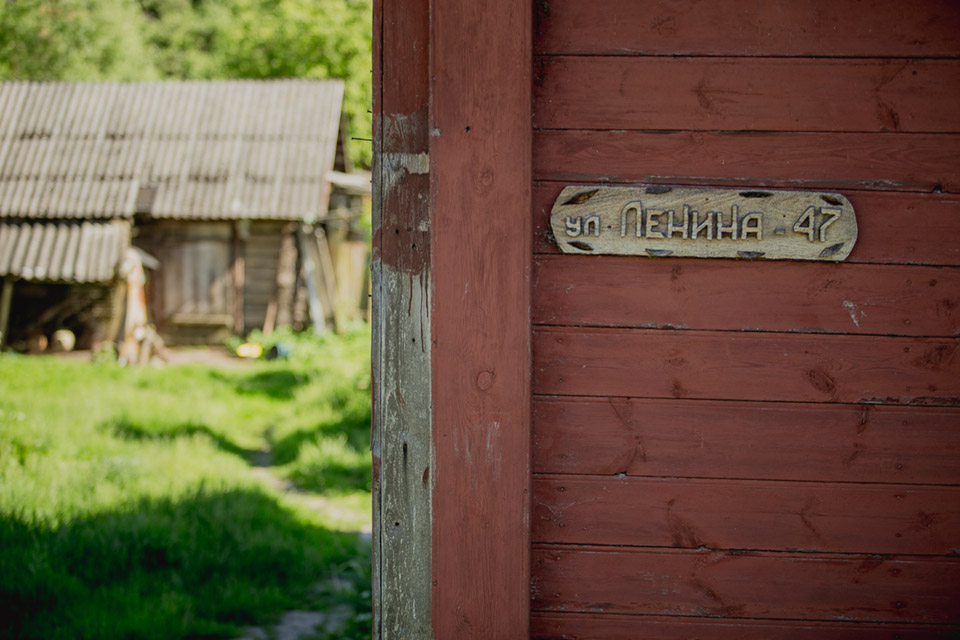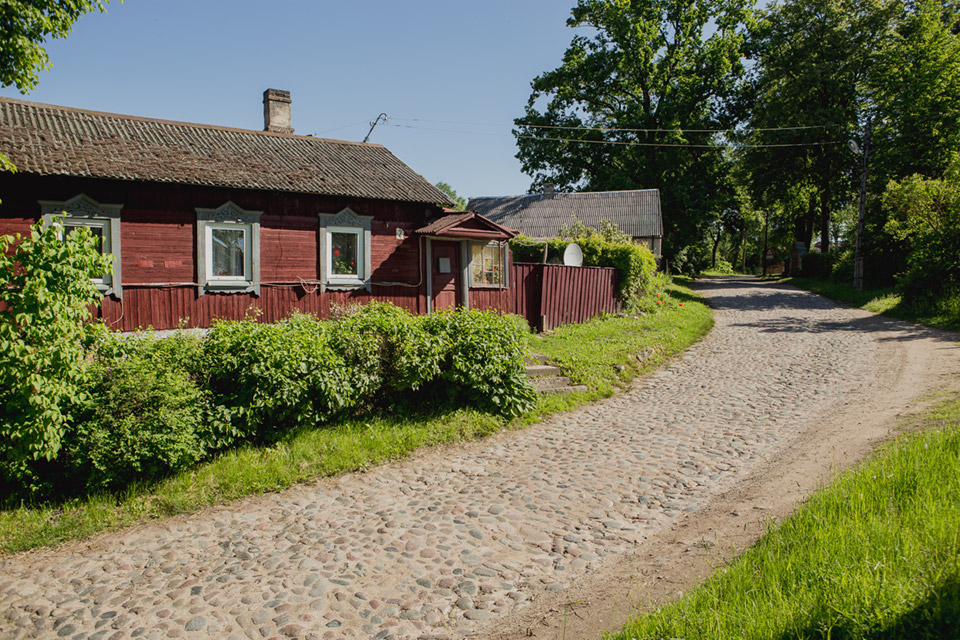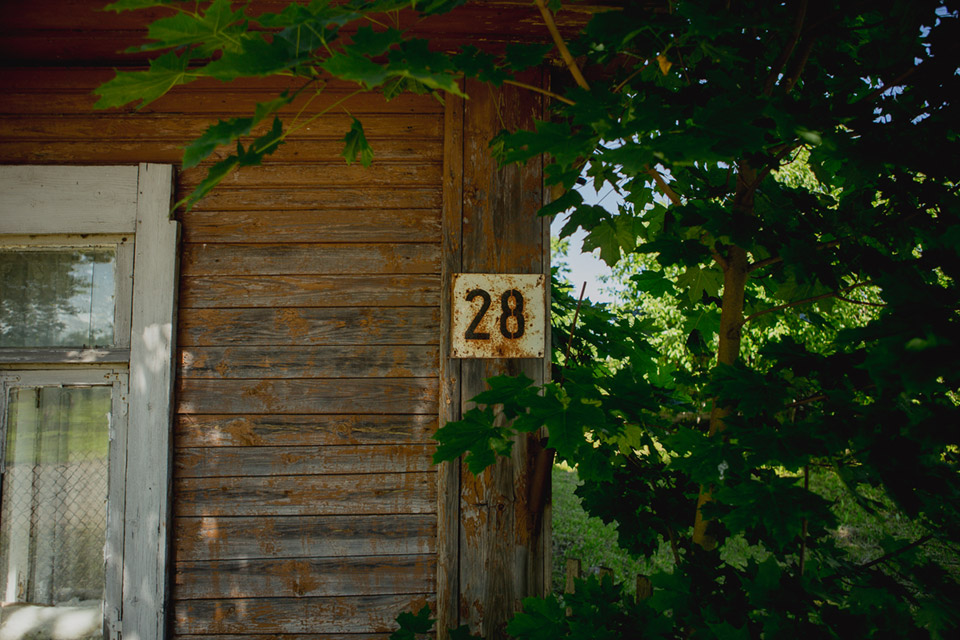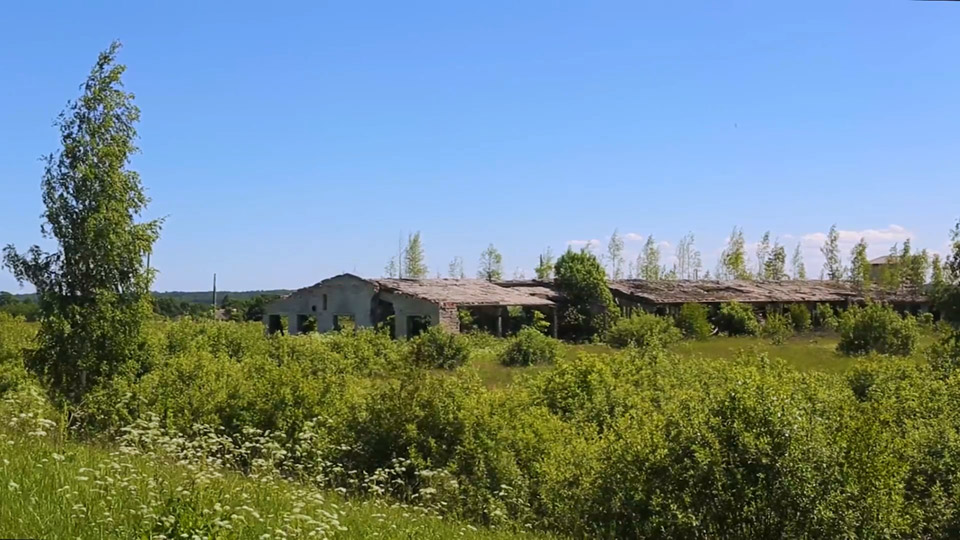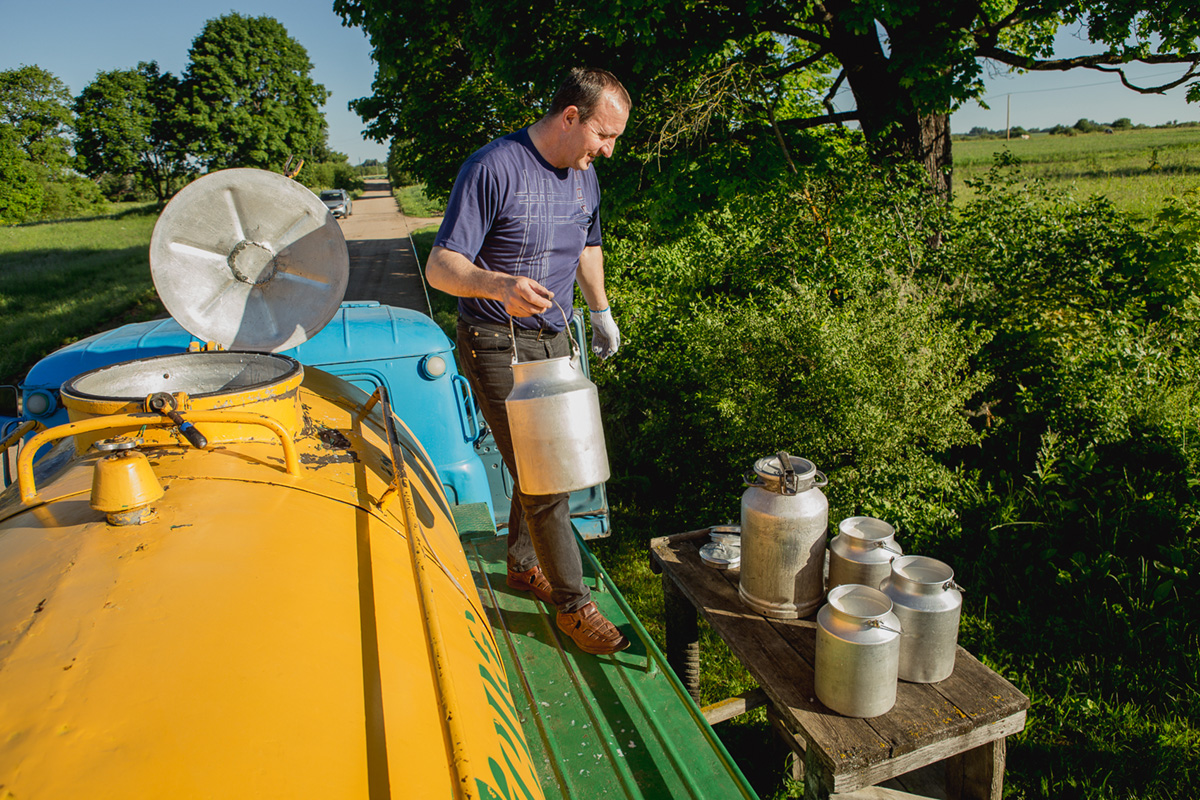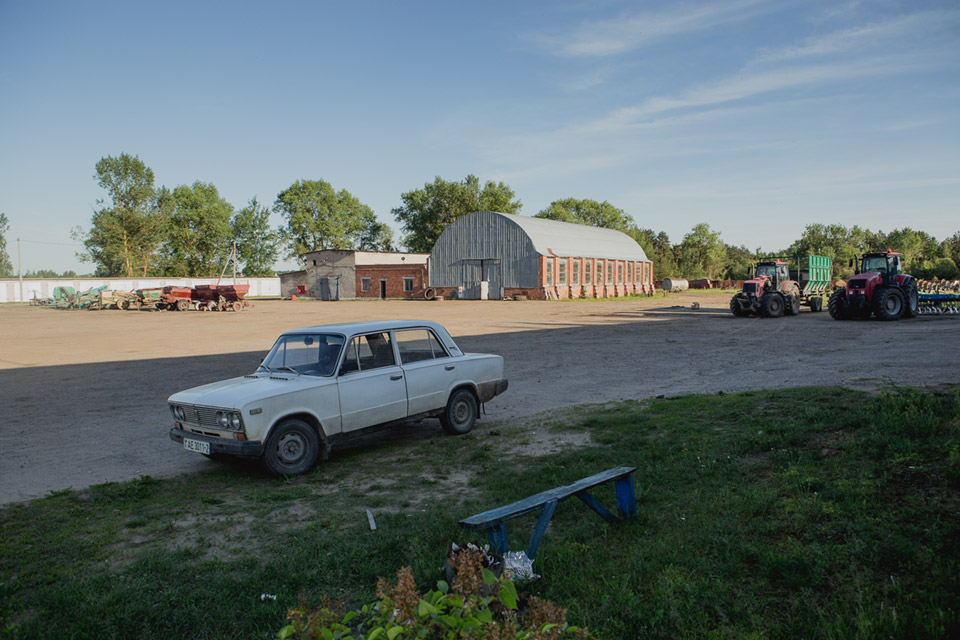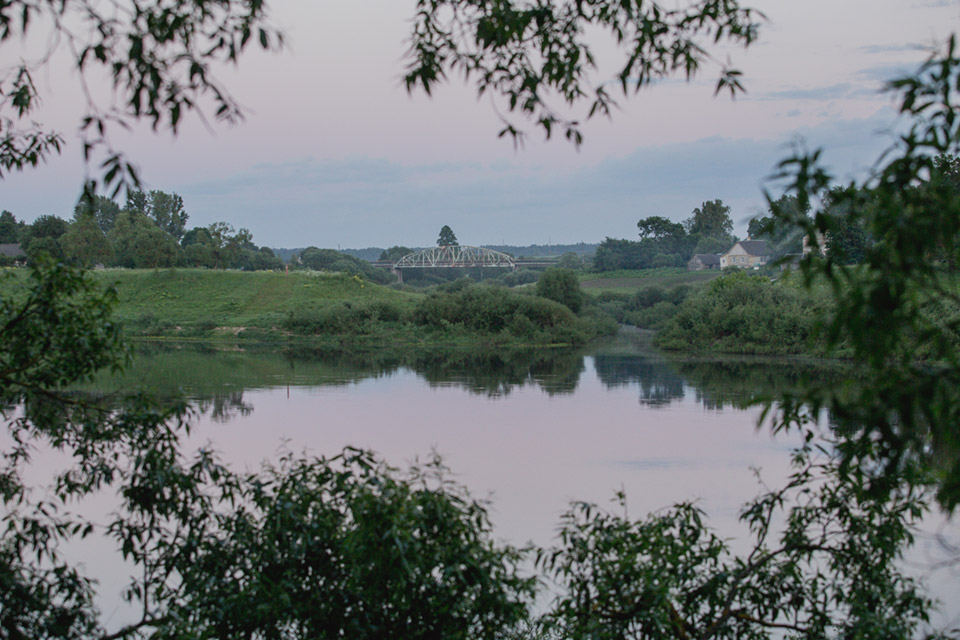In Piedruja, every other person is a farmer; in Druja, there isn’t a single one
Until the 1990s, Piedruja had a collective farm by the name of ”Sovietskaja Latvia.” Druja’s collective farm was known as ”Drujski.” A quarter century later, “Drujski” is no longer a collective farm but a joint stock company. But most locals say it’s basically still the same collective farm. Meanwhile in Piedruja, collective farms have completely disappeared and have been replaced by private ones.
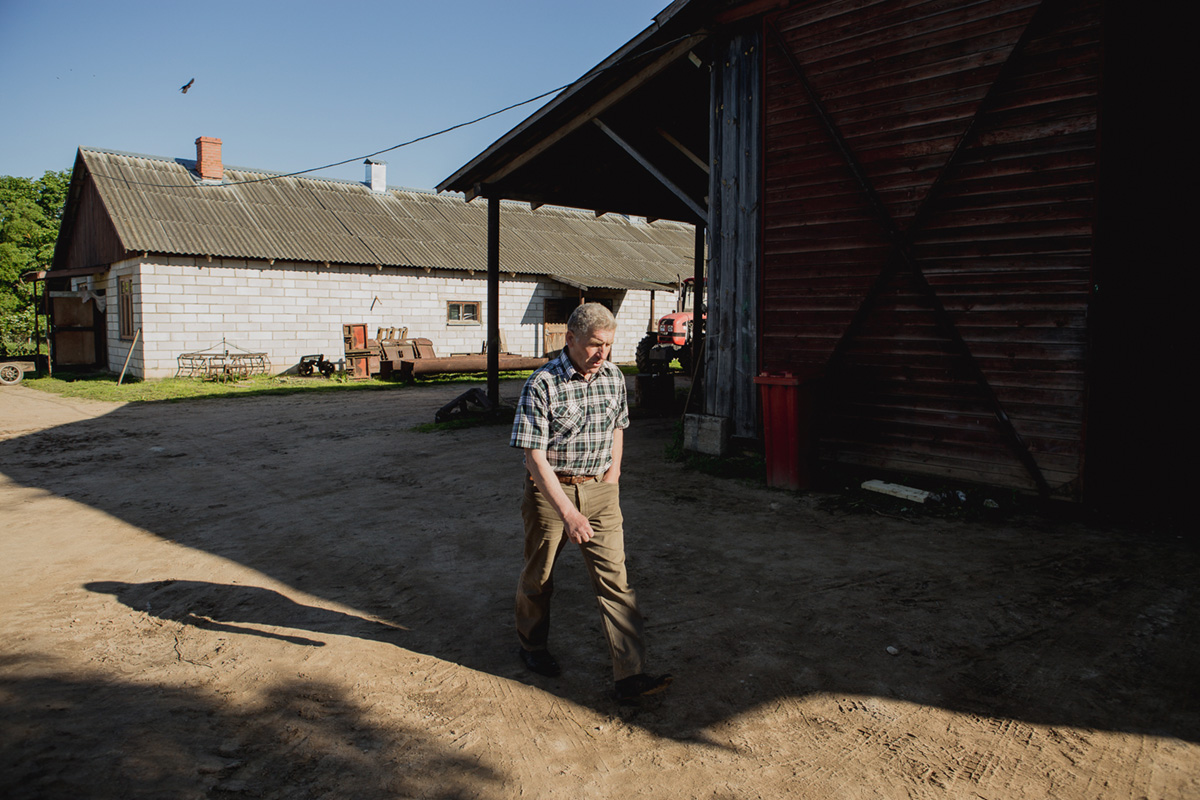

Piotra Švab of Piedruja. During soviet time her worked on the “Sovietskaja Latvia” collective farm. In the 1990s, he became a private farmer
Piotra Švab was born in Belarus nieghboring Miory region. He moved to Piedruja in 1977 and got a job as a driver on the collective farm. After the collective farm closed, he became the proprietor of a ”kauzik” or mini-bus.
“Yes, that was my first bit of capital,” says Švab. “Later, I brought tractor MTZ from Belarus. Things were cheaper then.”
Farmers were afforded a lot of perks after Latvia became part of the EU. First of all, they are paid an average of 100 euros per year for every hectare of land. Just for working it. For his 500 hectares, Švab has an annual income of 50,000 euros from state subsidies alone.
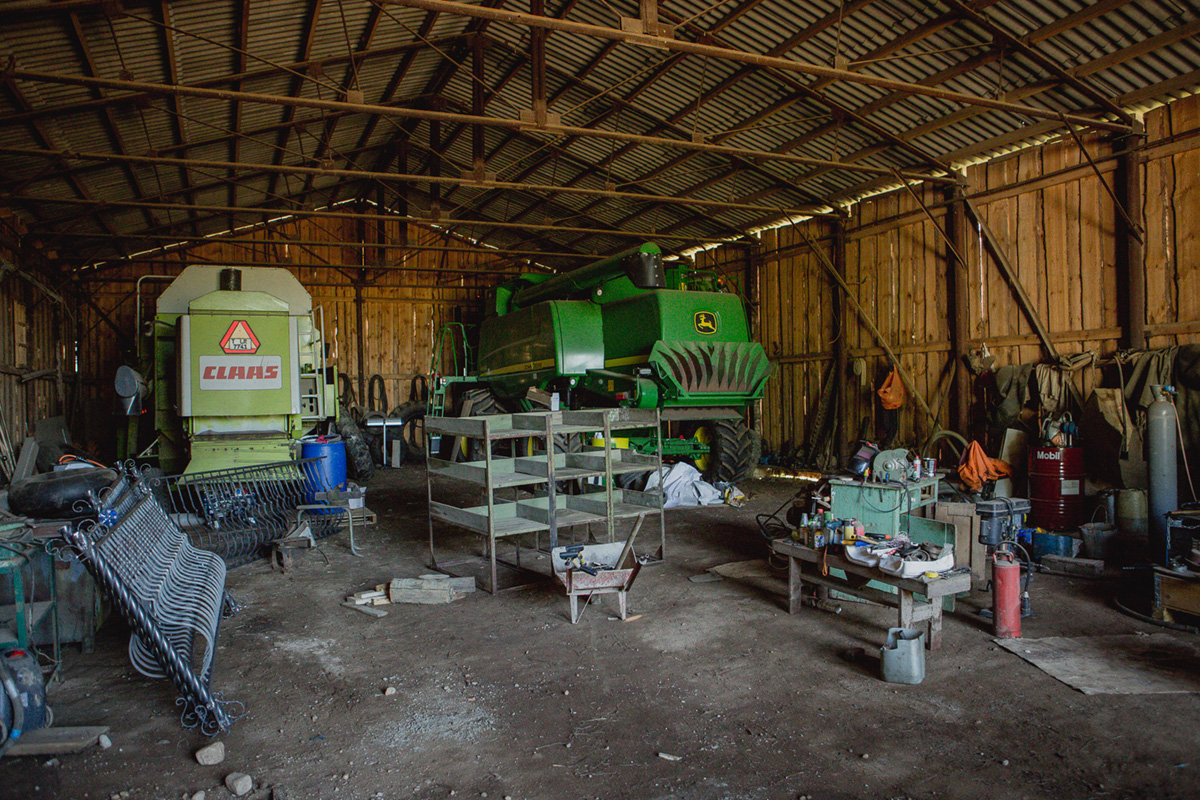
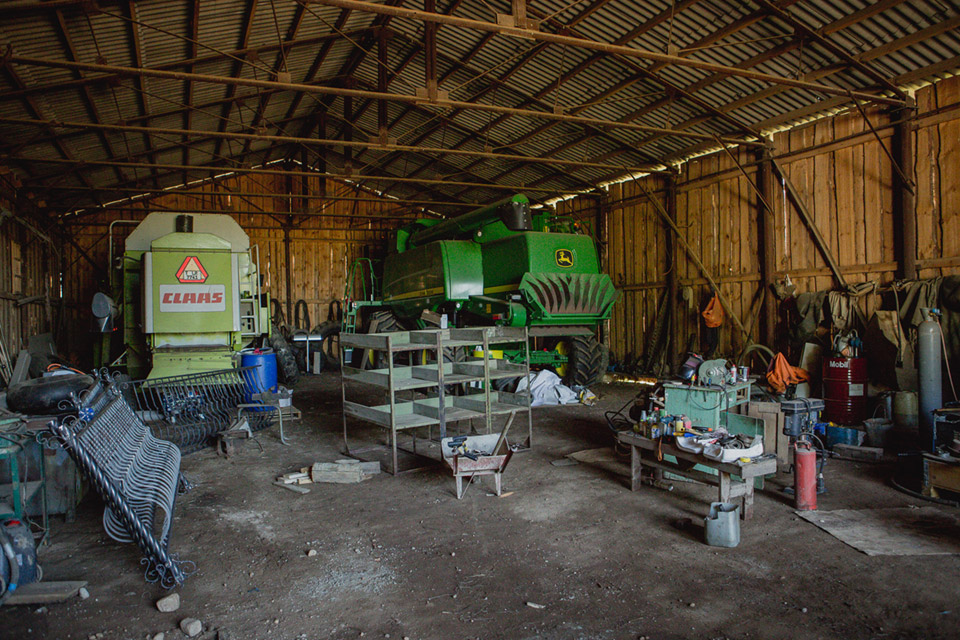
One of Švab's shed
If you plow the fields in the spring, rather than in the fall, to avoid erosion, the subsidies increase by 50-70 euros for each hectare. Land taxes are 4%; income taxes from 15-25%.
In order to stimulate agriculture, farmers are encouraged to seek assistance from EU coffers. If a project proposal is submitted and approved, 40% of costs for new machinery will be covered. Any additional machinery can be purchased with funds obtained from an interest-free loan.
Švab is now Peidruja’s most prosperous farmer. He has six tractors and several sheds. He has three full-time employees, as well as additional seasonal help.
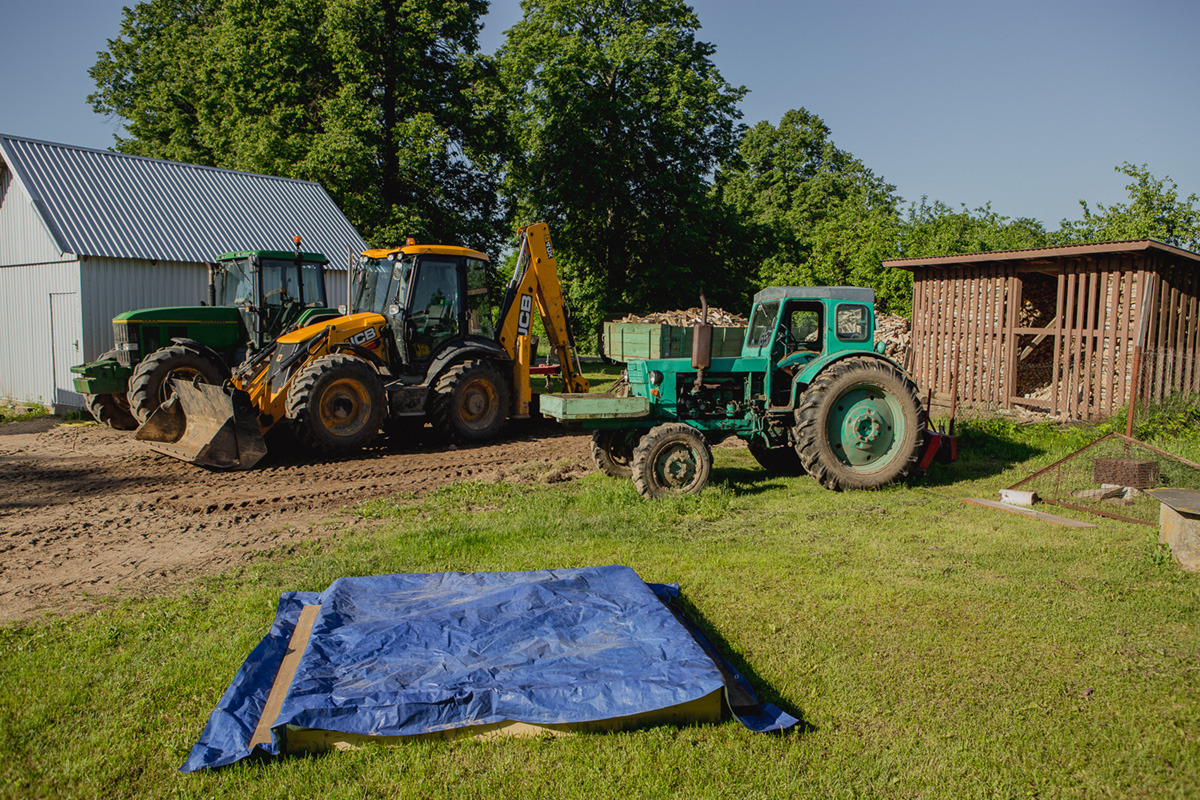

There is almost no Belarusian-made machinery remaining on Švab’s farm
Švab no longer owns any Belarusian-made machinery: his tractors are all either German or American made.
“My guys are all wary of getting into a MTZ-made tractor,” says Švab. “You’ve got to repair those almost on a daily basis. But you get climb aboard one of these (German or US-manufactured) tractors and you have nary a worry.”
Švab bemoans the fact that fewer and fewer people remain in the village, making it difficult for him to find good help. Most young people travel to western Europe in search of wages.
“So far, none of them have ever returned to Piedruja,” says Švab.
